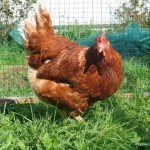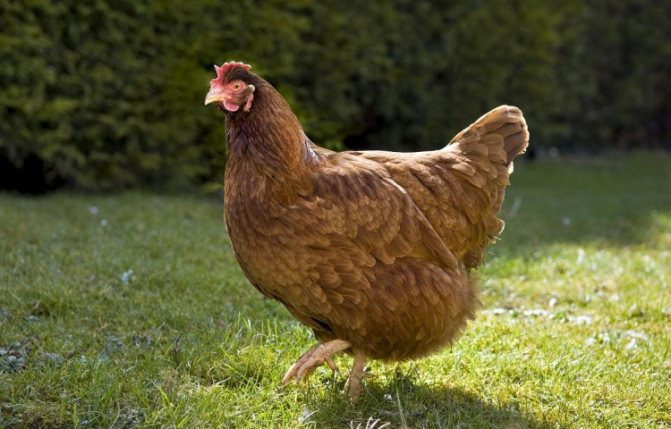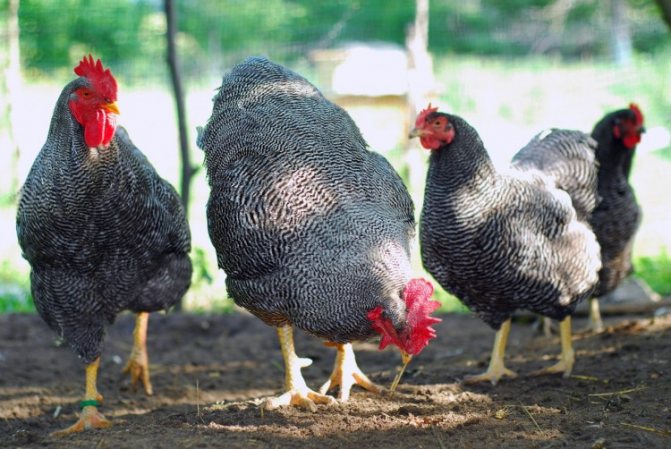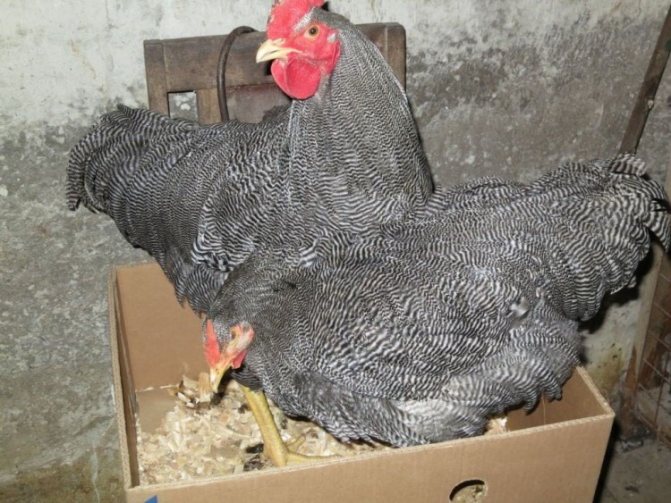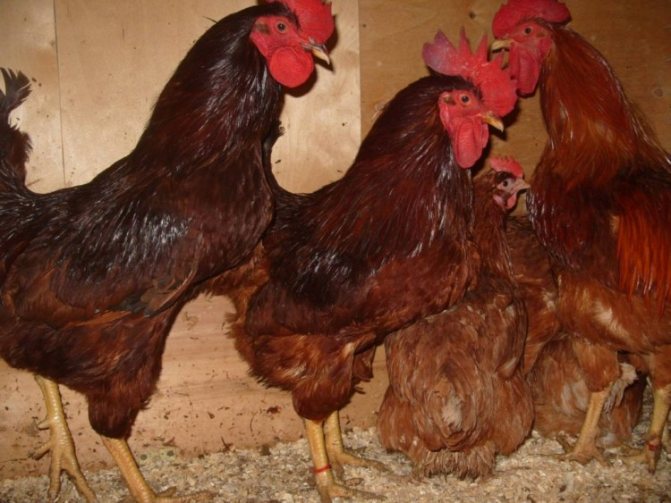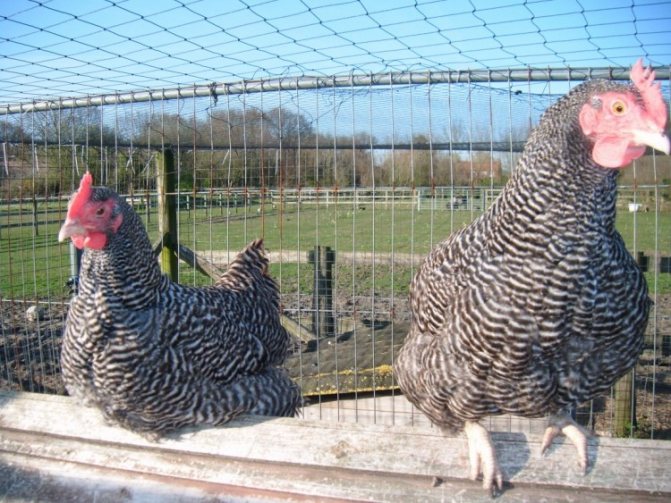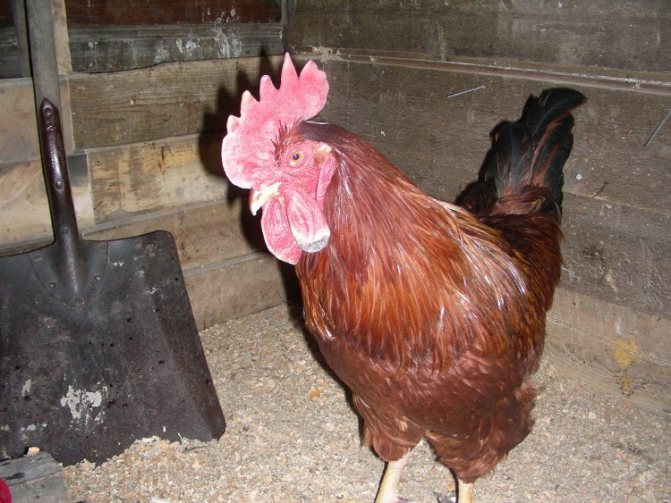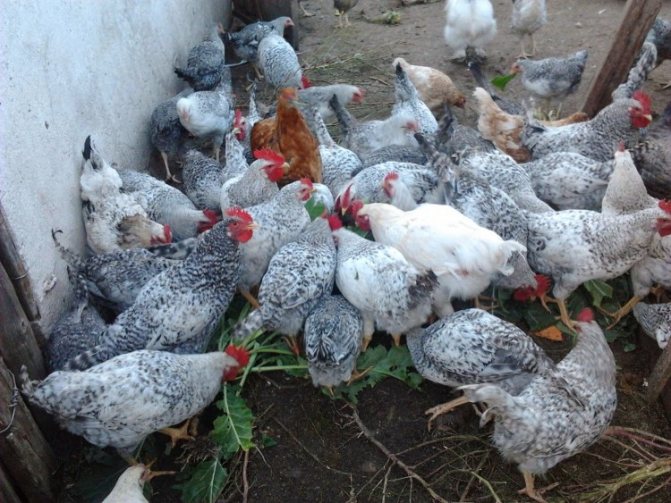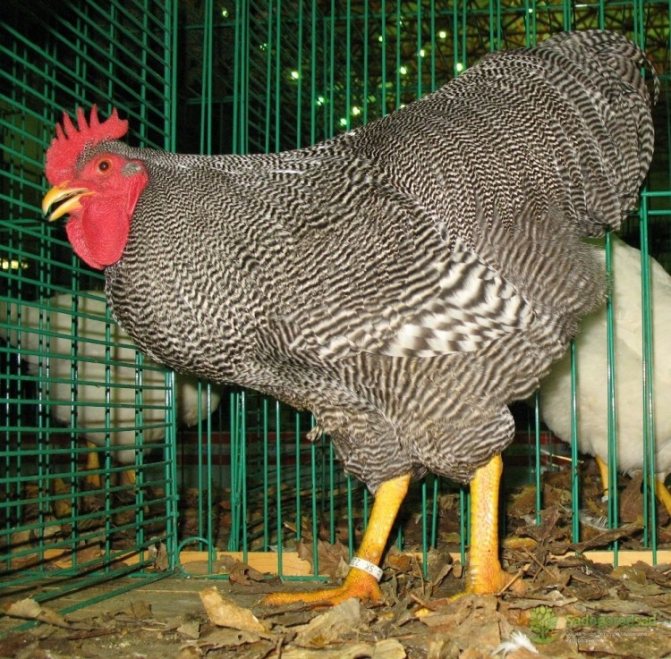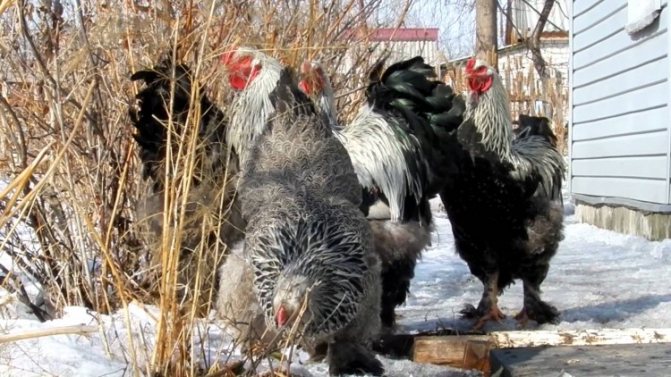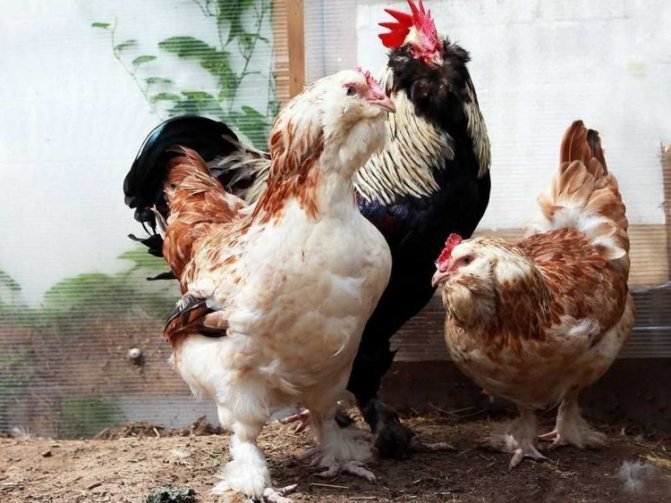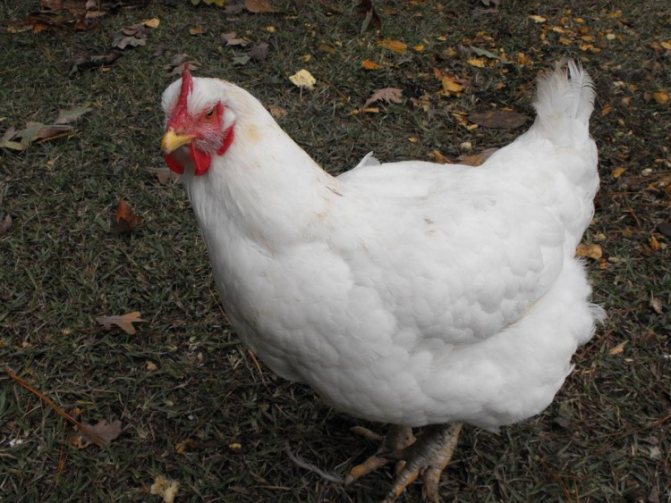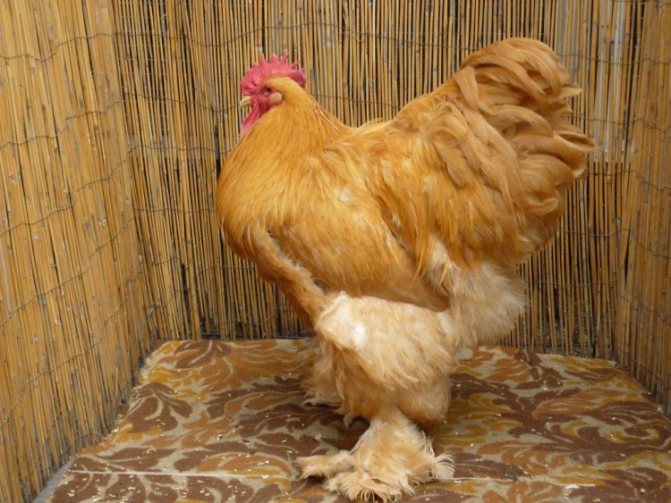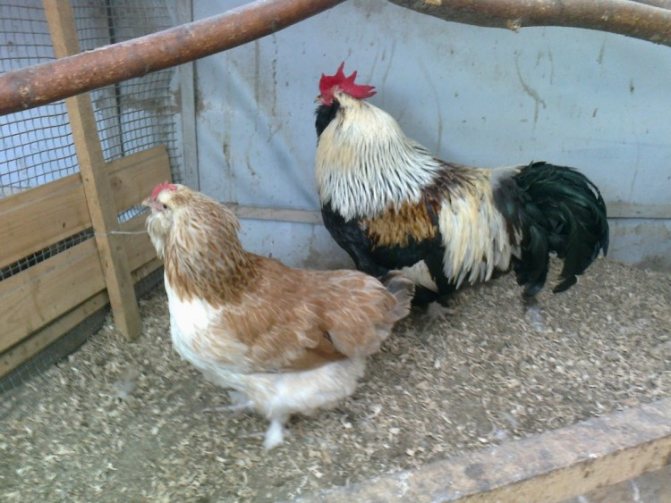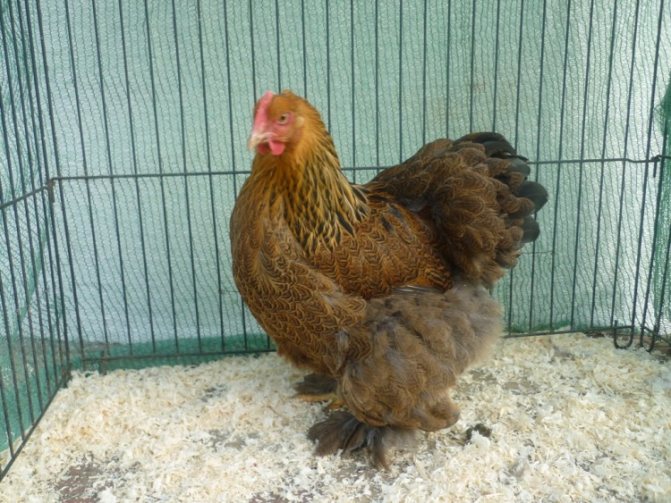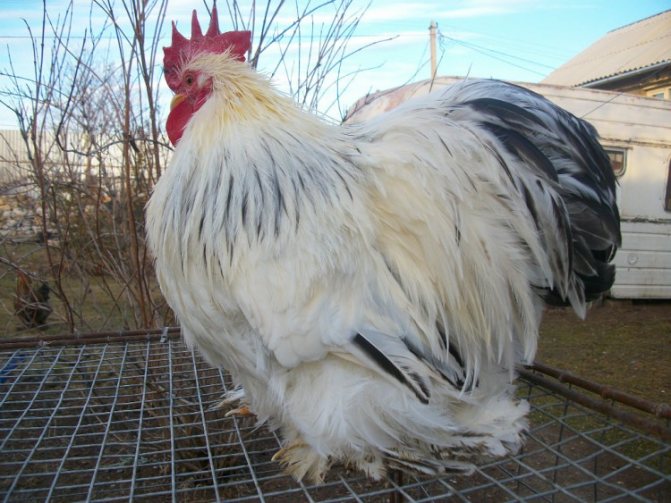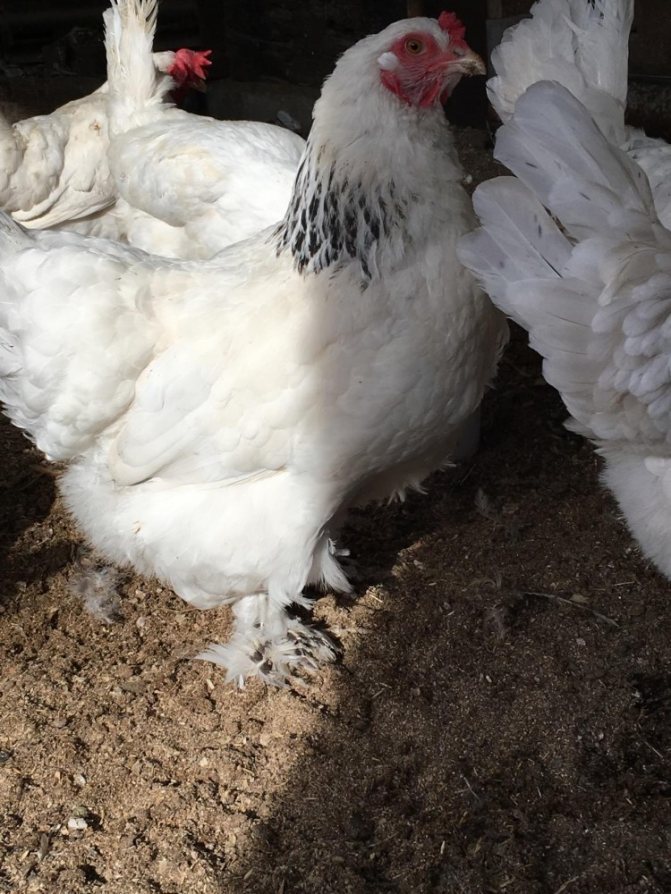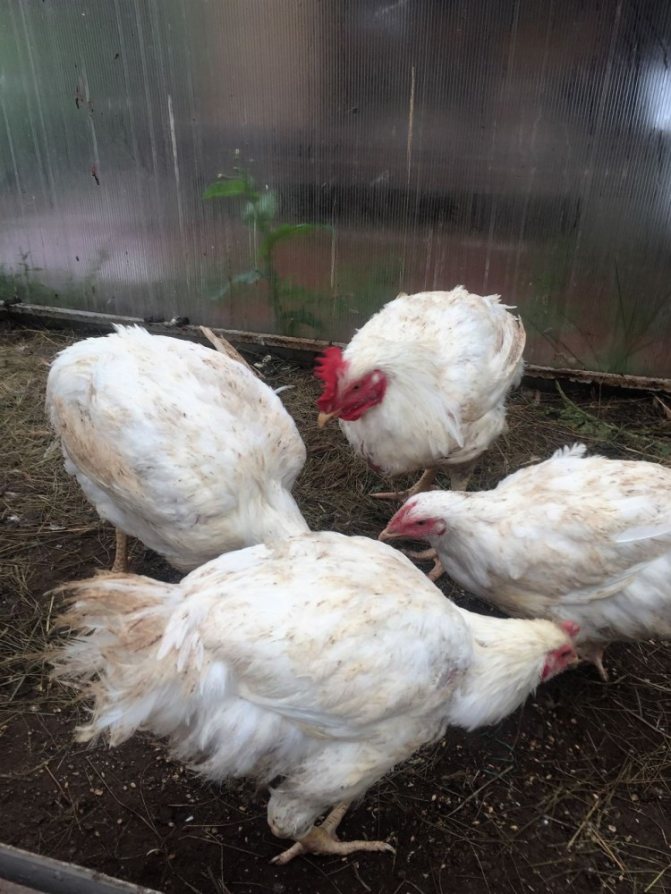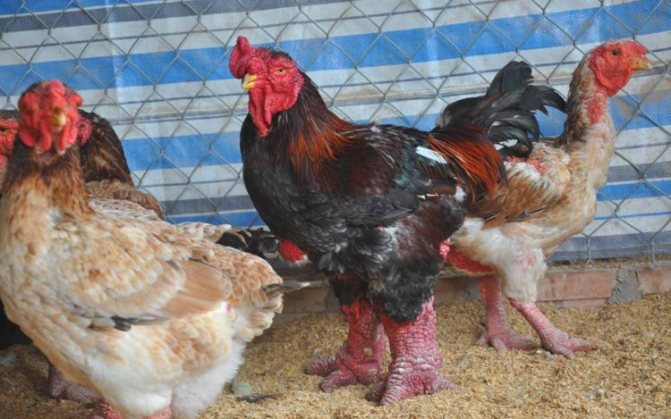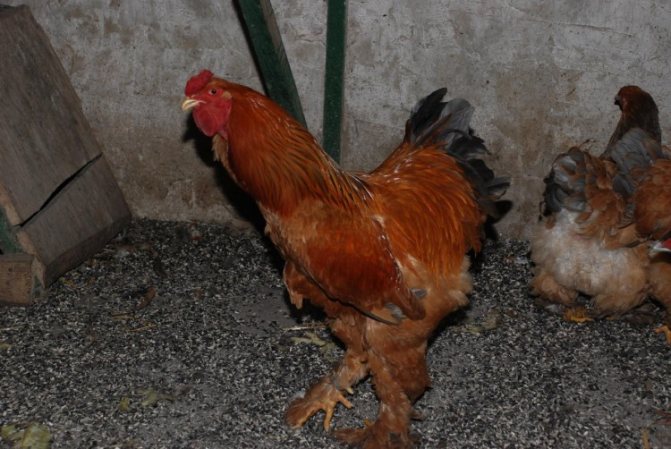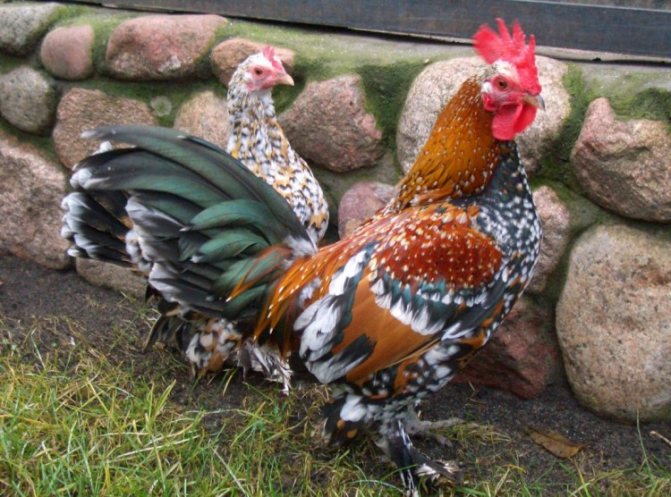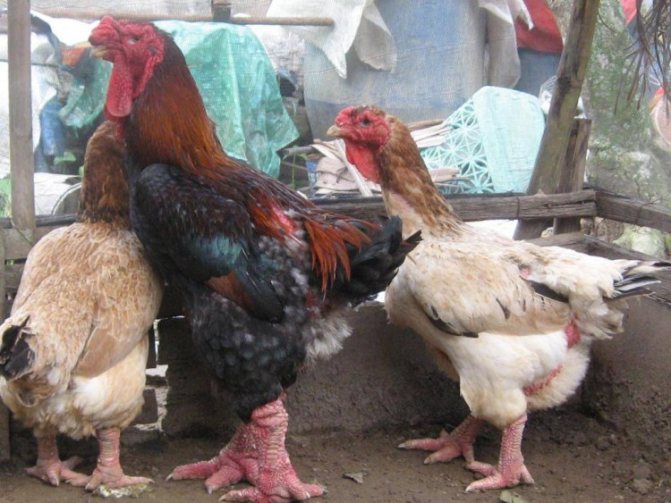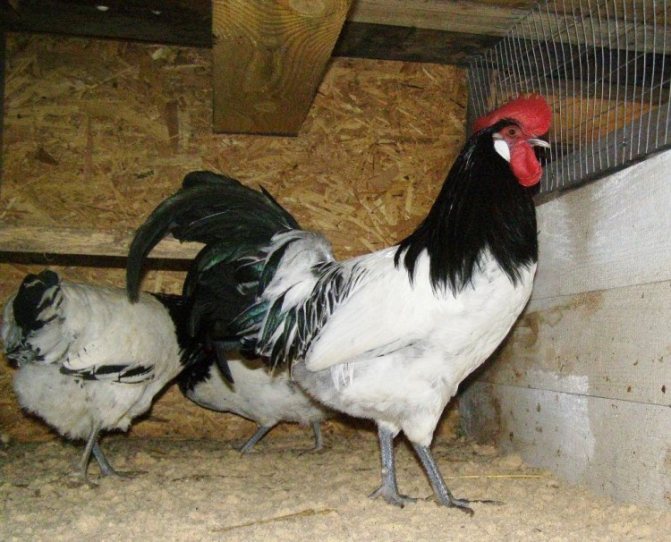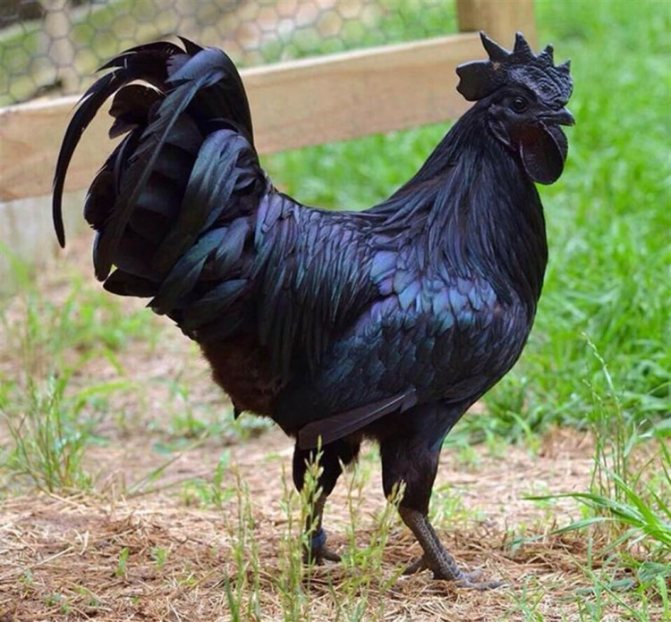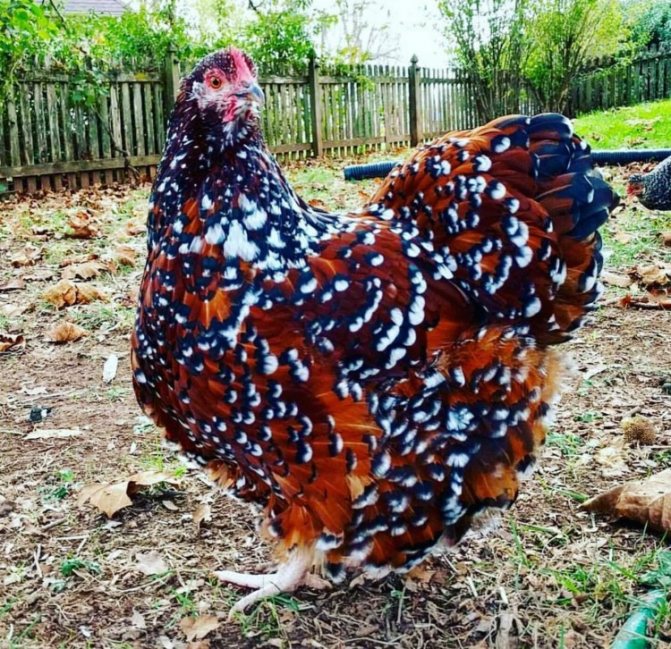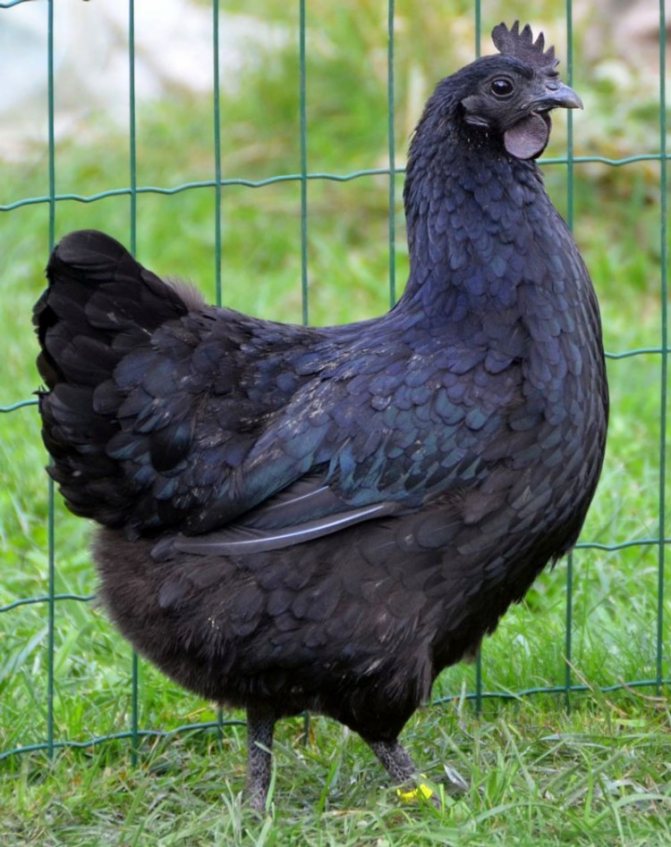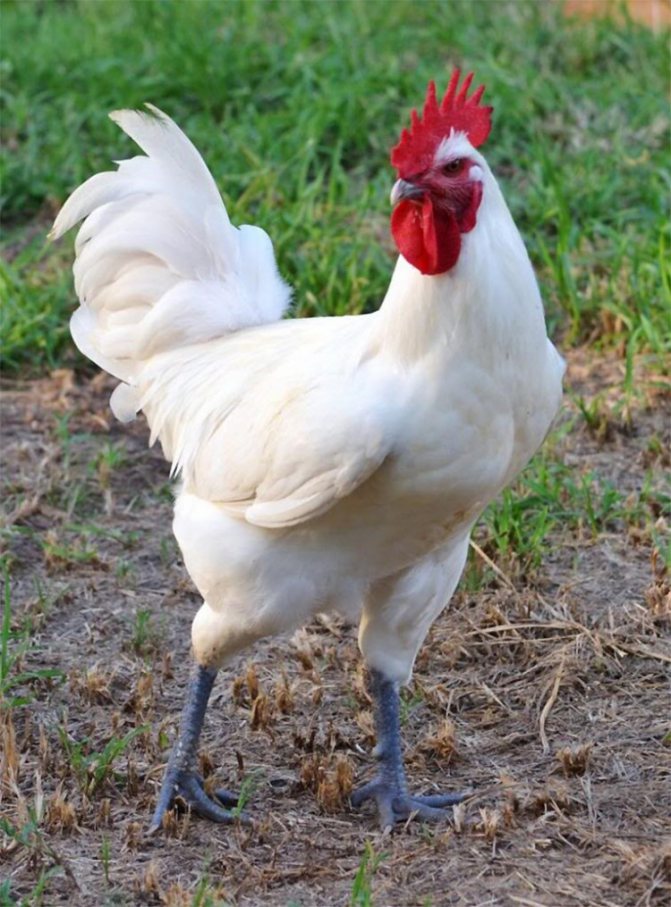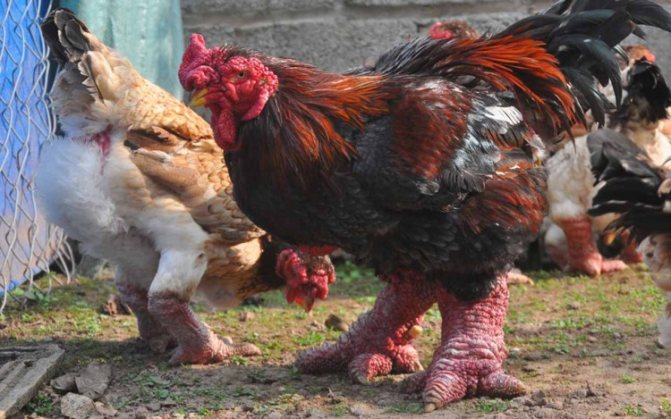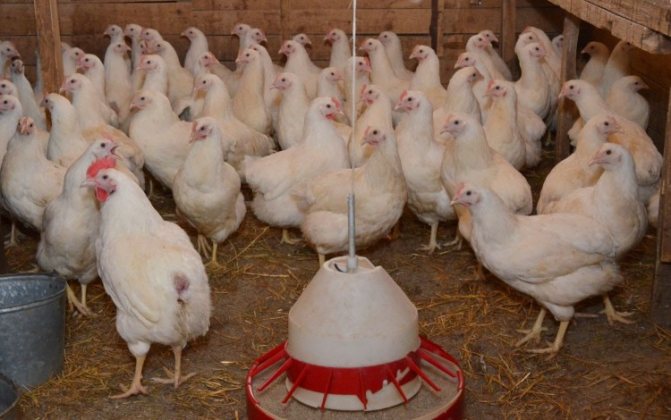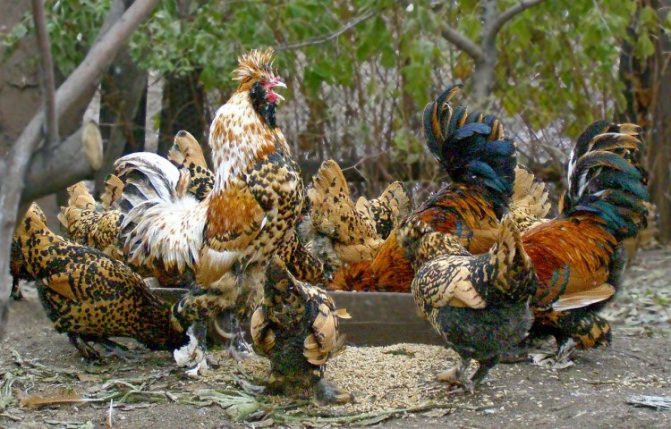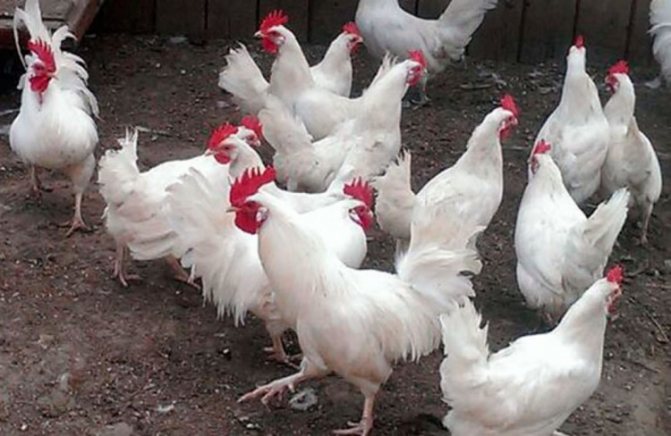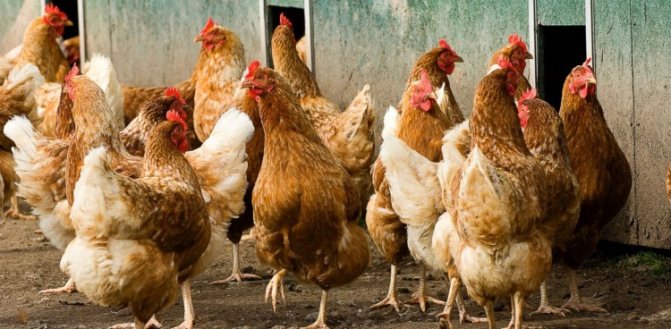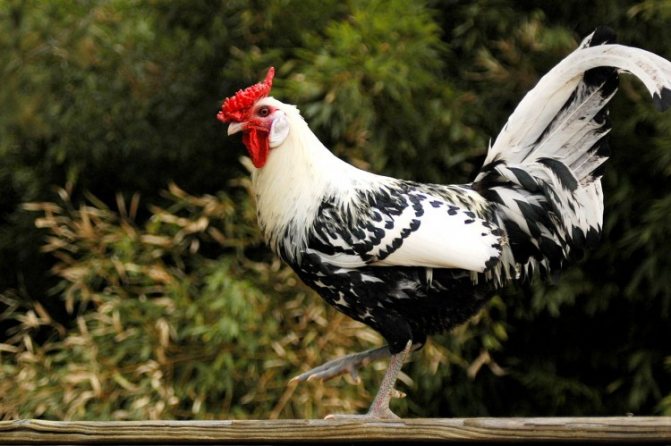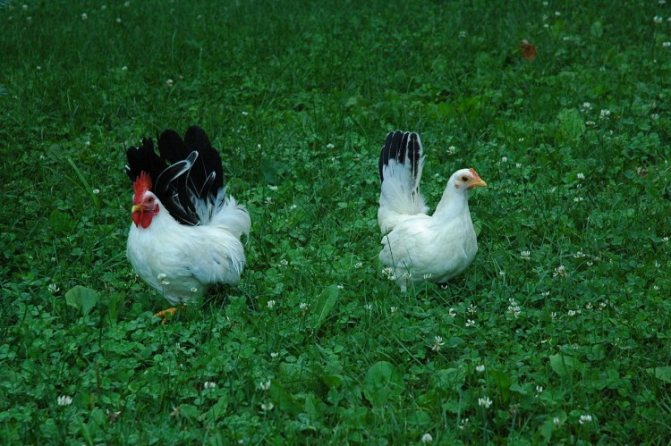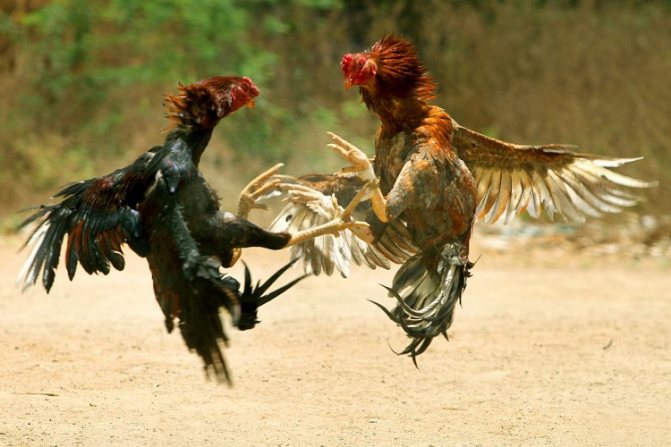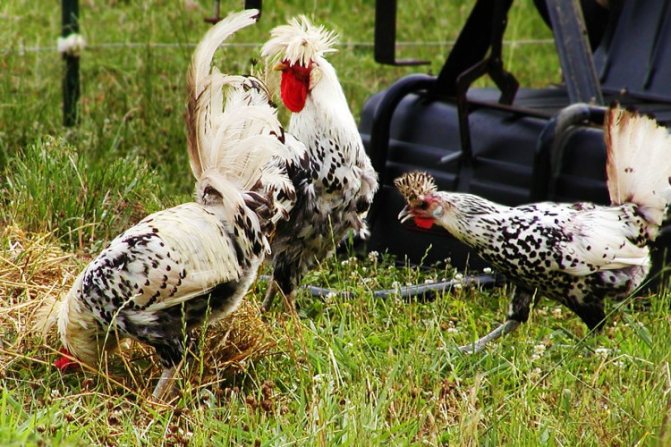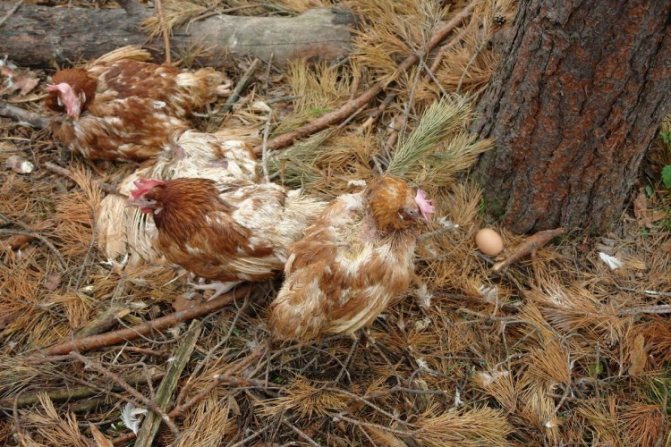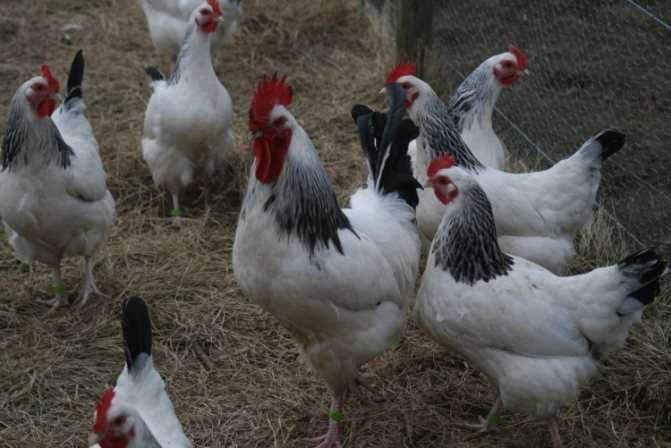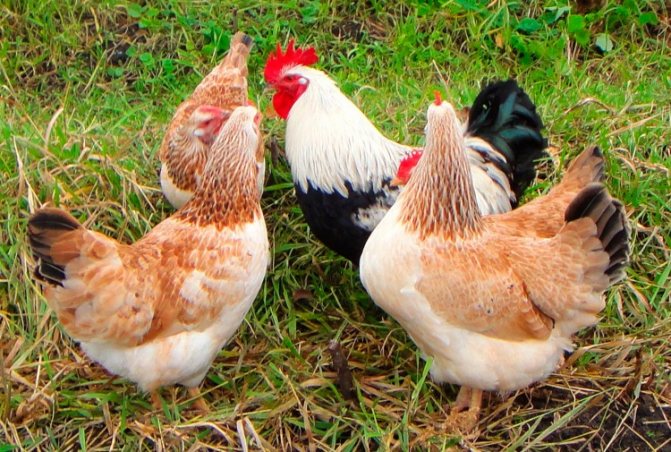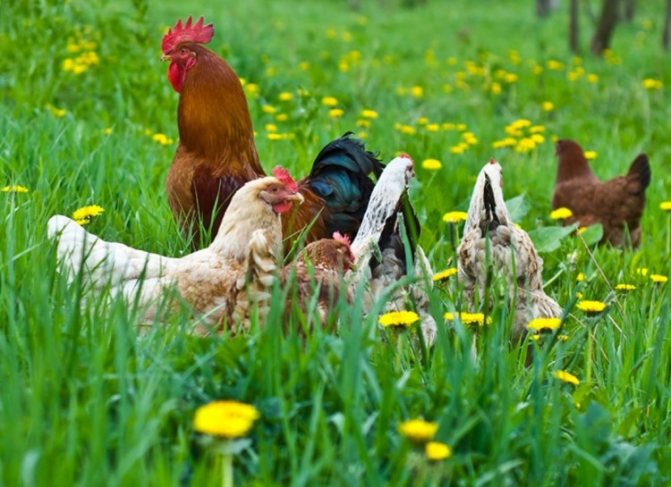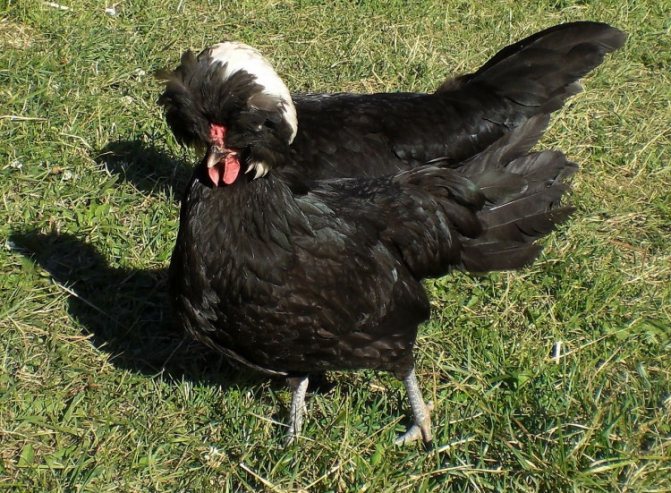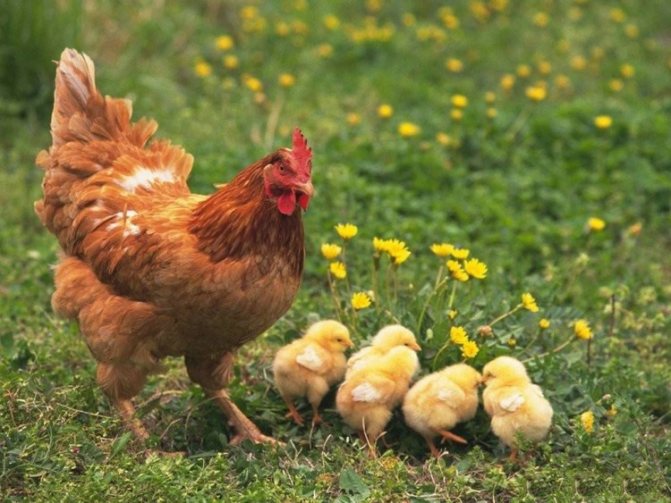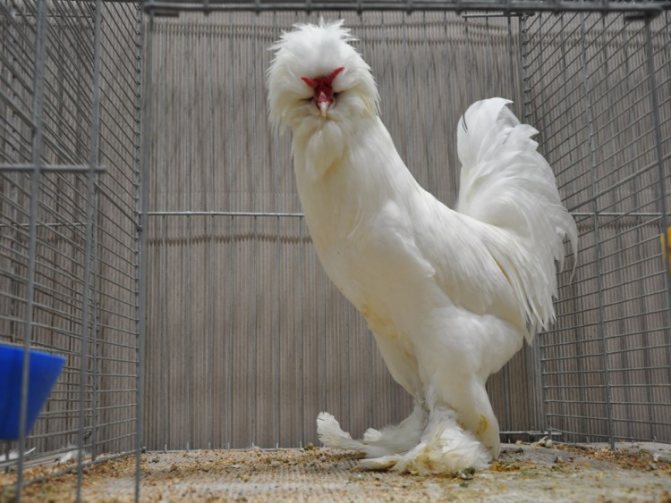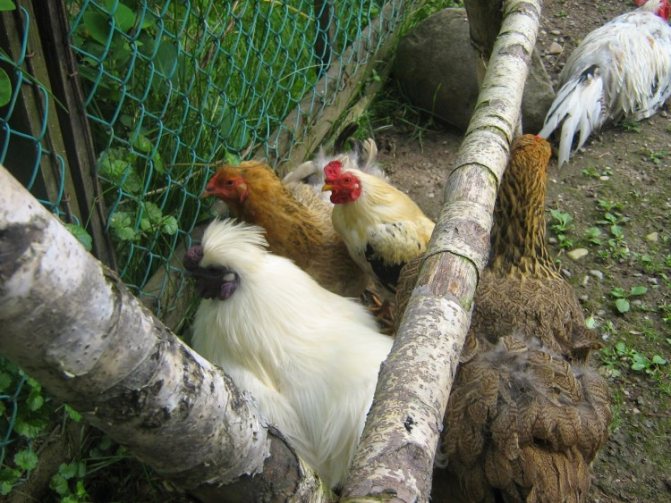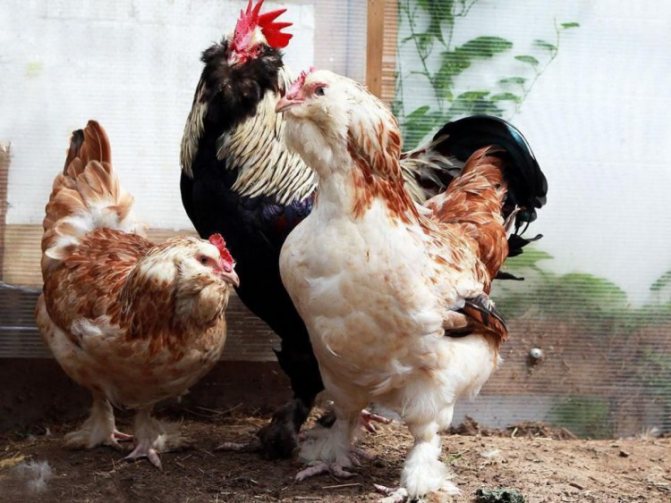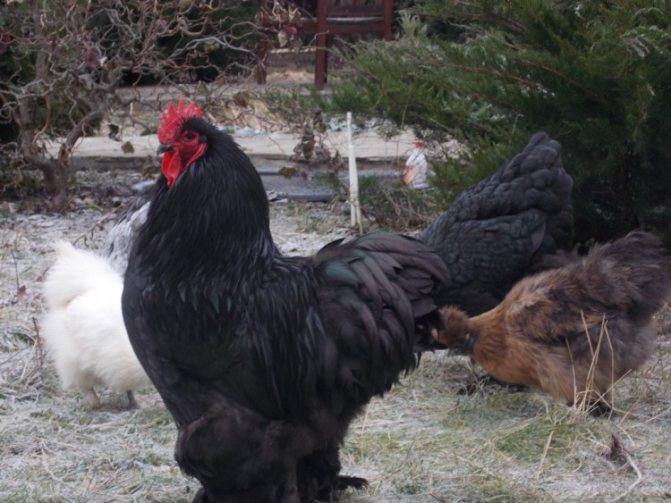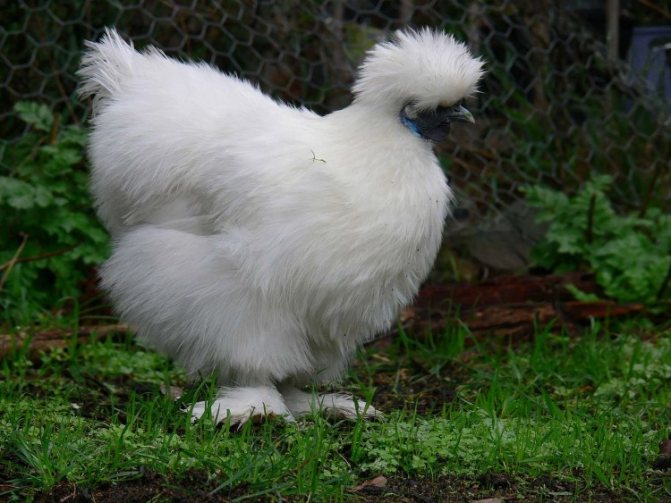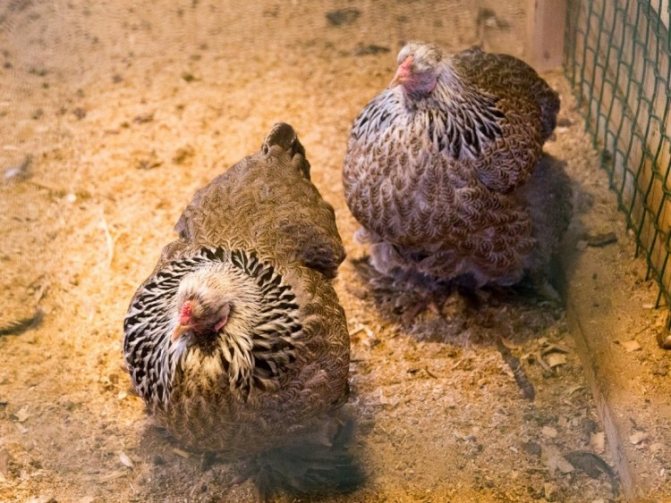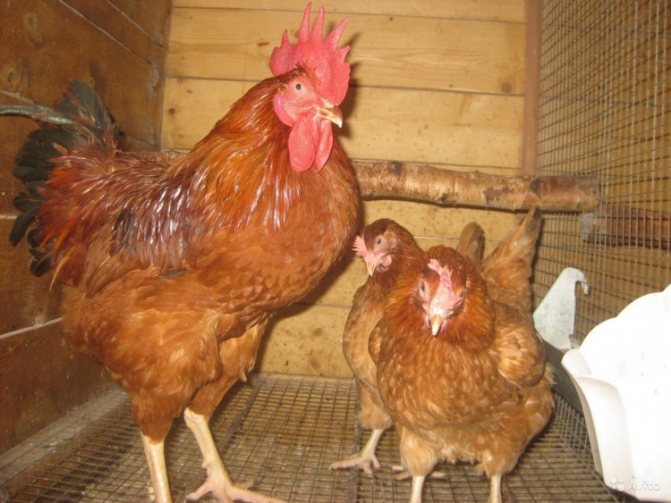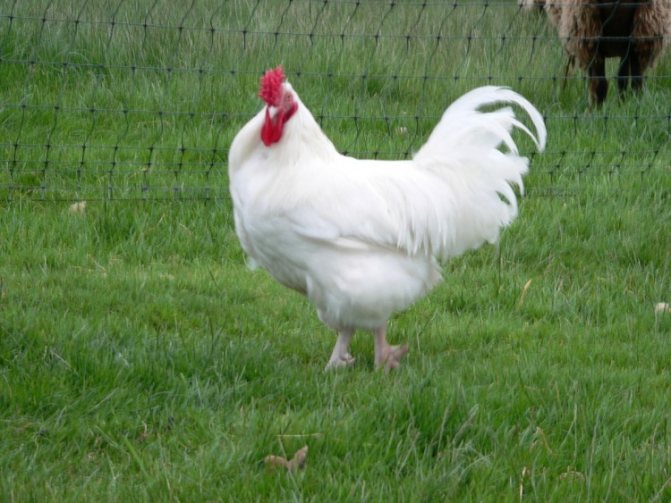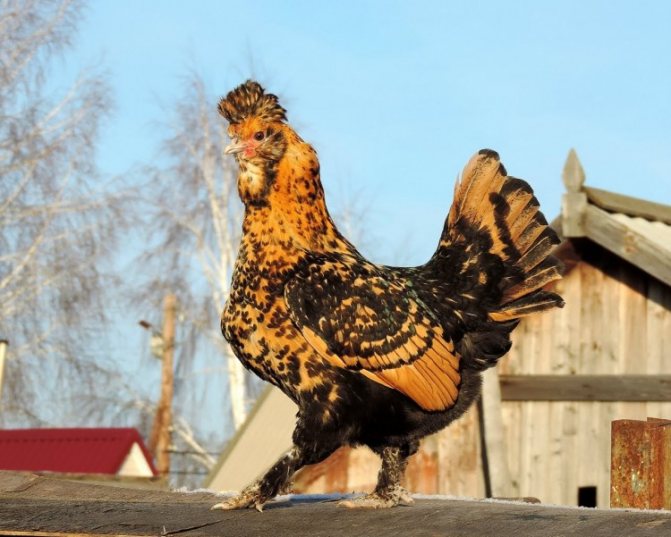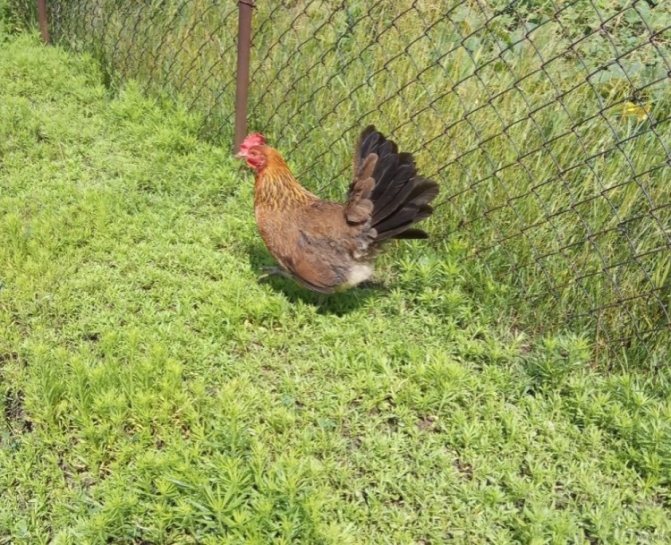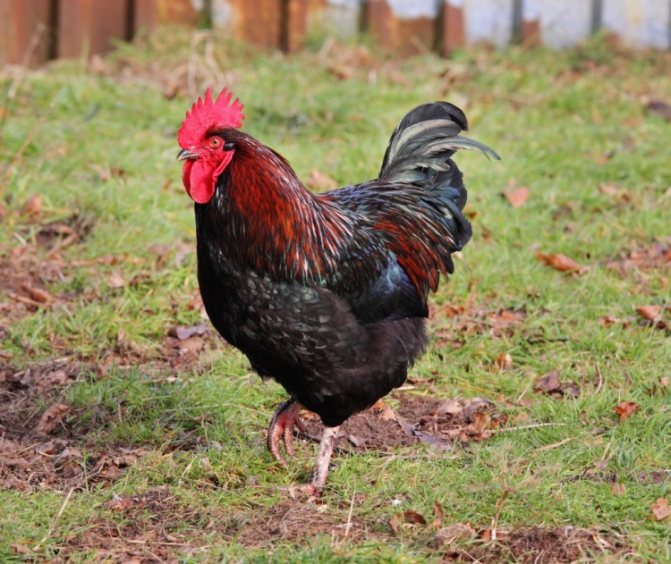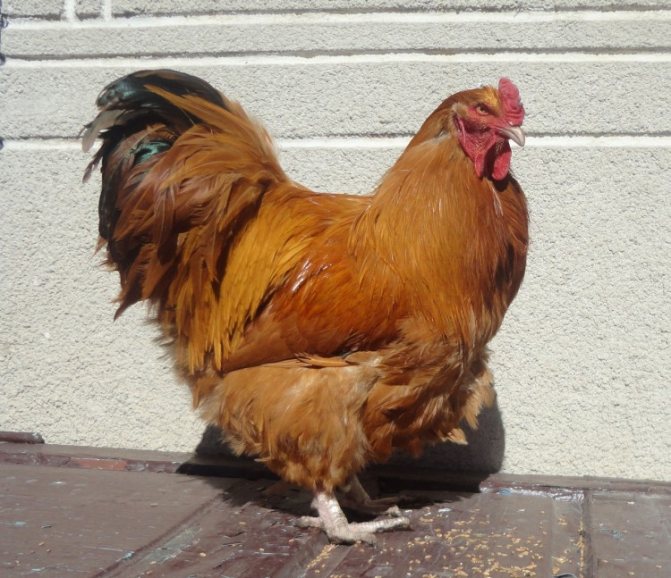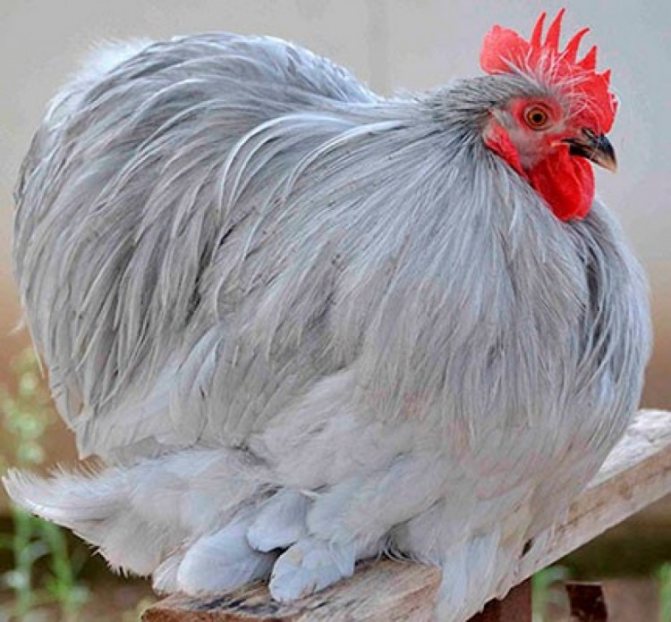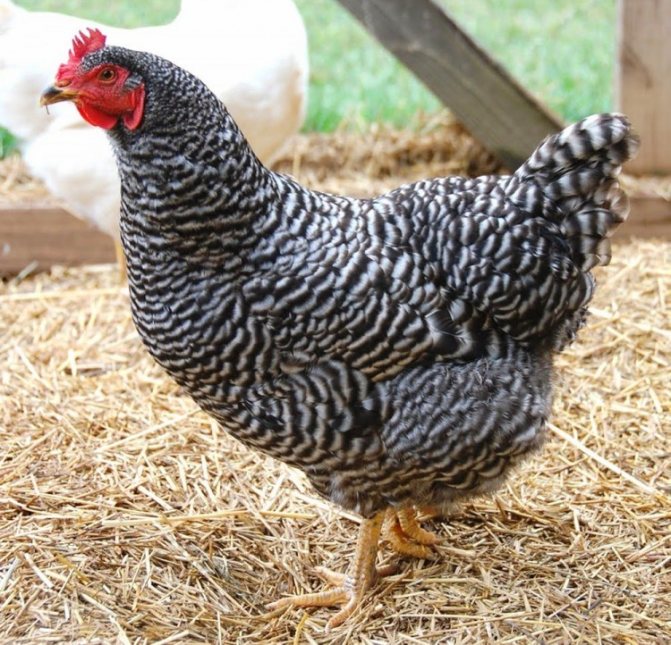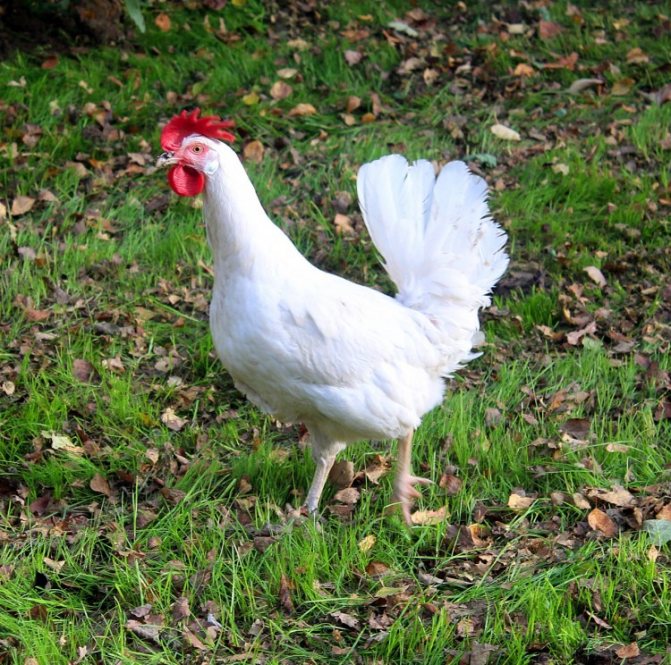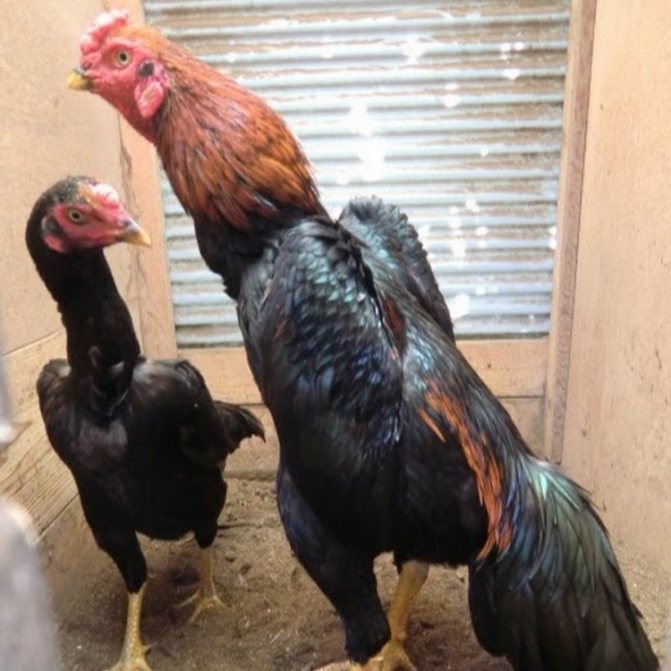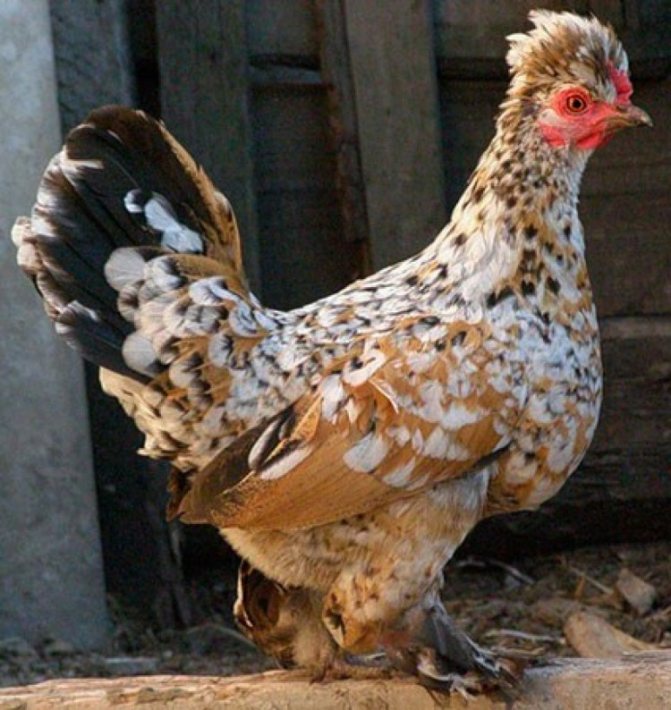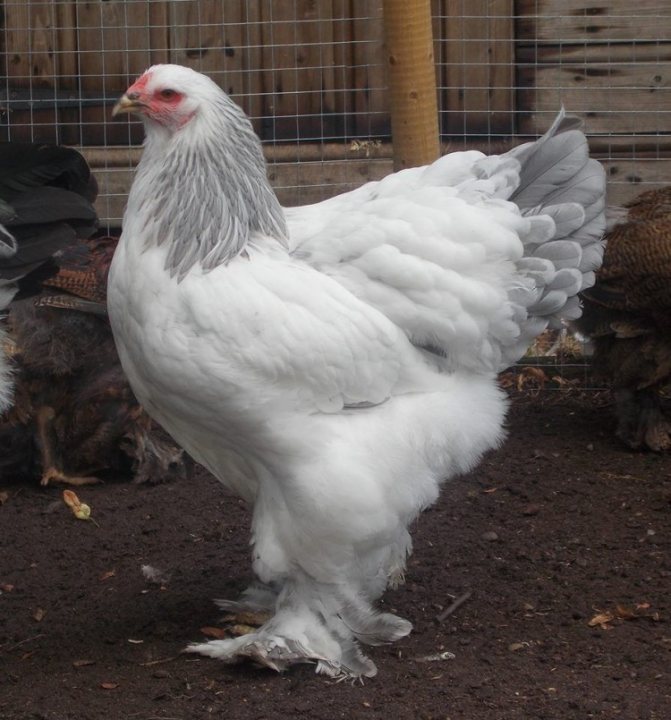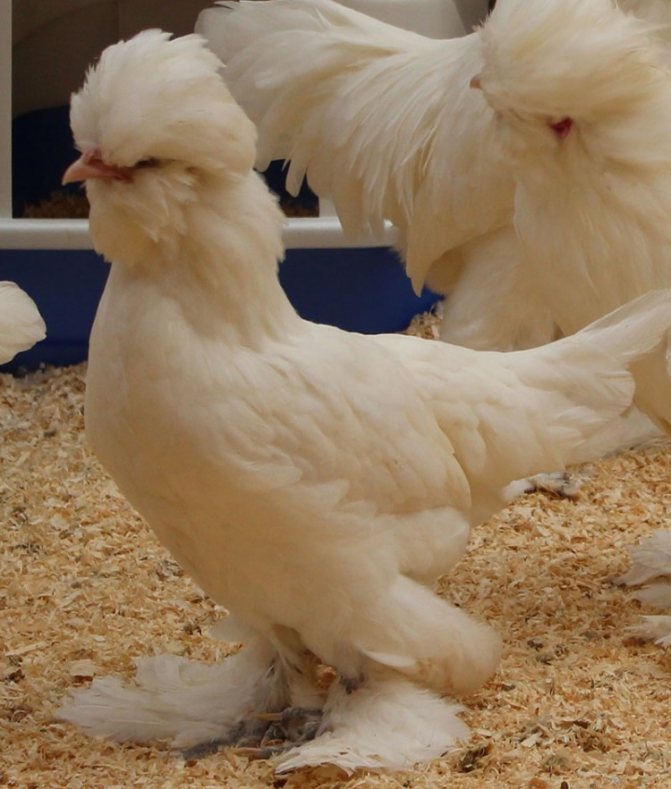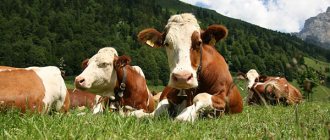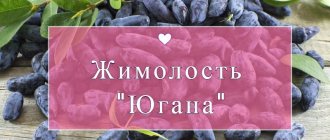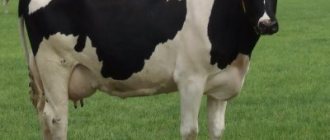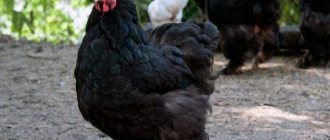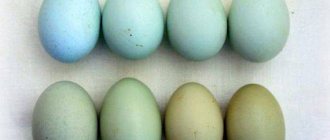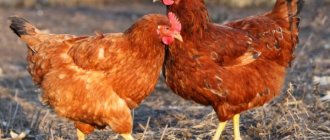The most popular are two types of chickens: birds that lay eggs with white or colored (brown or pink) shells. Chickens that lay white eggs were created from the Leghorn breed, and the ones with colored shells from the New Hampshire and Rhode Island breeds. However, the main difference between these poultry is not the shell color, but the direction of productivity.
Chickens with white eggs belong to egg breeds, and those with colored eggs belong to meat and egg breeds. However, there are also meat and sport breeds. Most often, in household plots, chickens of the Oryol, Liven and Yurlov breeds, which were bred by amateur breeders, are bred. The main advantage of these breeds is their high viability, although egg production is at an average level.
Recently, chickens of miniature breeds have begun to enjoy popularity, which, with a low feed intake and low body weight, have a high egg production. However, these breeds are distinguished by high demands on the conditions of detention.
Below are descriptions of the most common breeds of various types.
Laying hens
They are very active and move a lot, their external difference is in the leaf-shaped crest. A chicken can lay eggs at the age of 3-4 months.
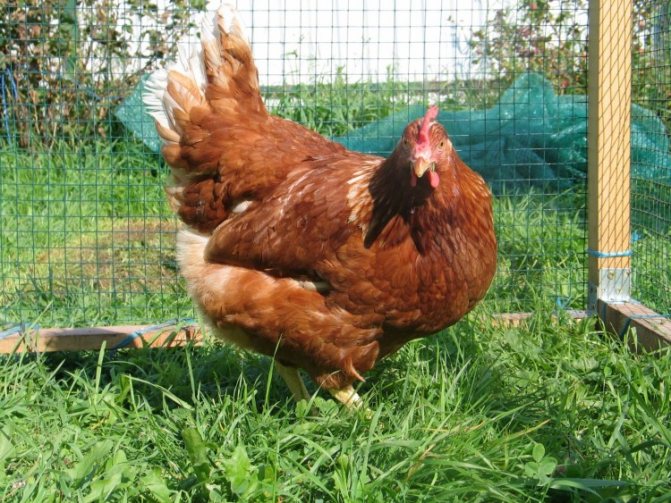
Russian white
Has a high vital activity, good body weight. This breed was bred in the Russian Breeding Center.
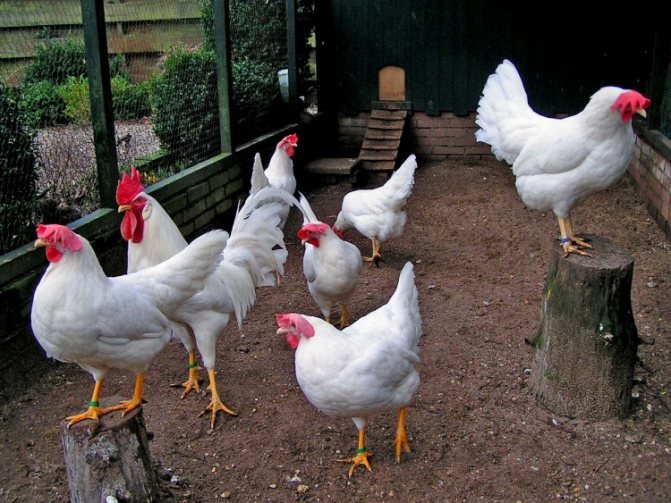

Leghorn
Bred in Italy, eventually became known in Russia. It is often found in white, but it can be absolutely anything. A chicken of this type can lay up to 200 eggs per year.
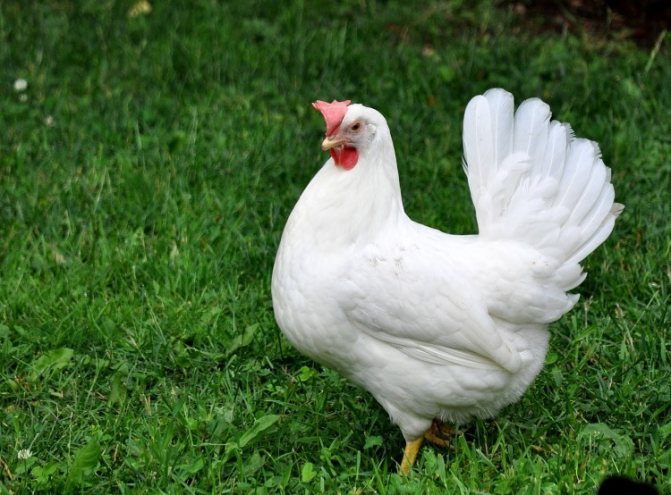

Poltava breed
The color of this breed is brown. The ridge is leaf-shaped, of a bright shade. Egg production per year up to 170 eggs. Live weight, as in the previous species, 2-3 kg.
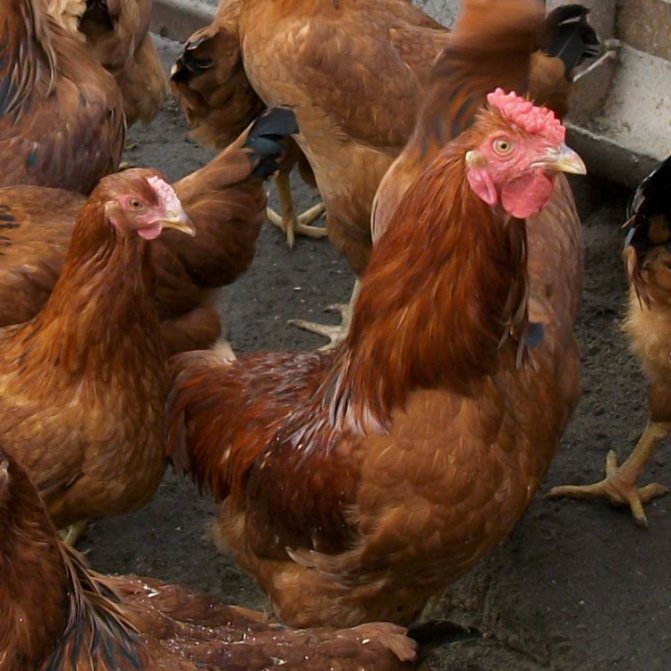

Orlovskaya
Chickens of this breed have a dense physique, they are used at exhibitions. It produces up to 160 eggs per year. But she has good vitality.
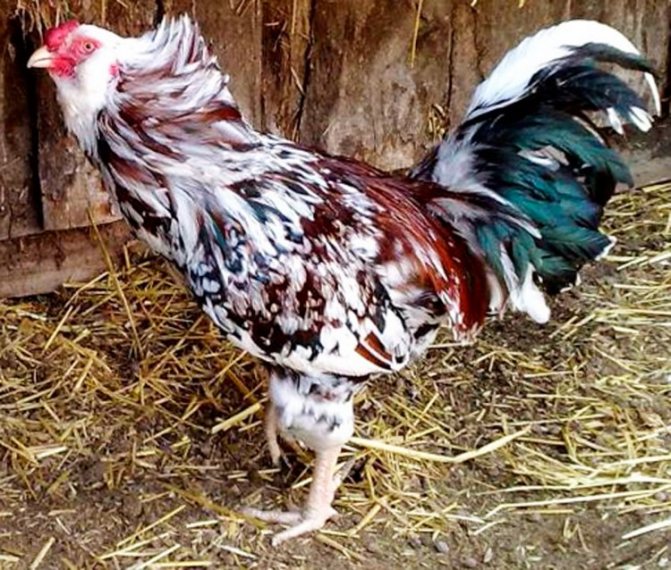

Pushkinskaya
Egg production is more than 200 eggs per year. It adapts well to bad climatic conditions. Poultry meat is tasty and expensive.
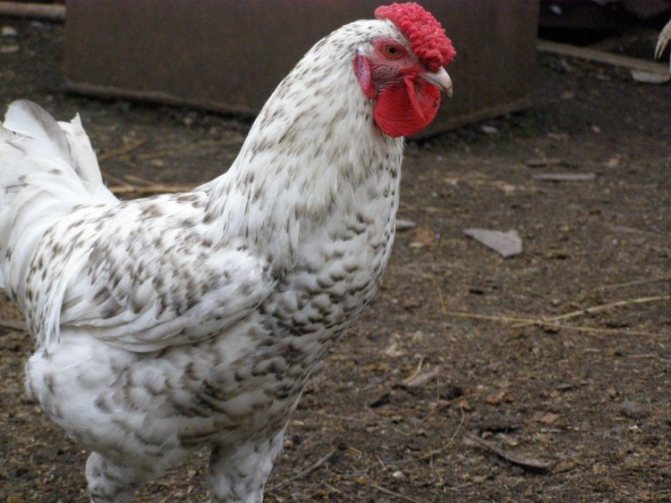

Araucan
The appearance of this breed is unusual. Arakuna has no tail, a wig made of feathers on his head. The shell has a greenish tint.
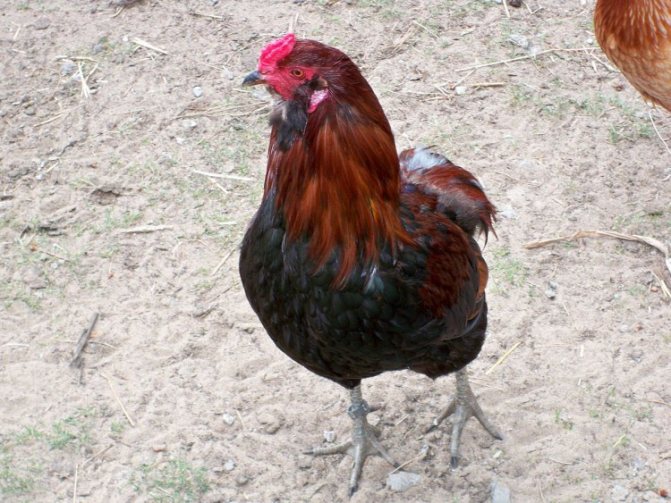

Lohman Brown
The most common specimens of this species are golden in color. Very demanding to live.
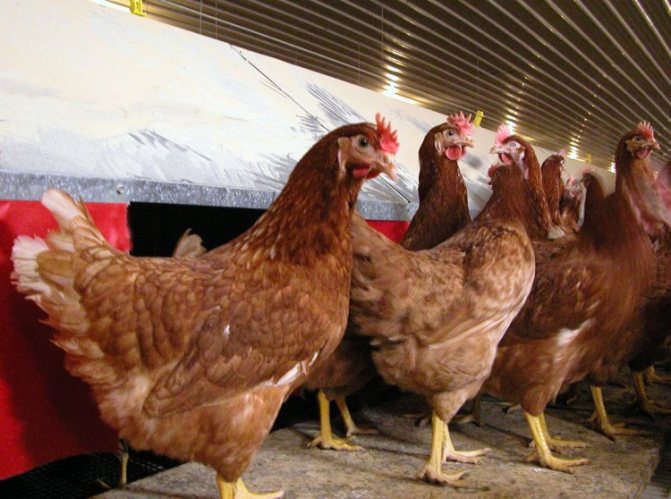

Dominant
Representatives of the Dominant species are actively involved in organic food production programs in Switzerland. The Dominant breed is suitable for novice and experienced farmers: birds are hardy, tolerate severe frosts and sweltering heat well. Another feature of the species is unpretentiousness to feed. The dominant will extract useful substances from any low-grade mixture. Poultry is strong, with excellent immunity to colds and viruses, and recovers from diseases quickly with proper care.
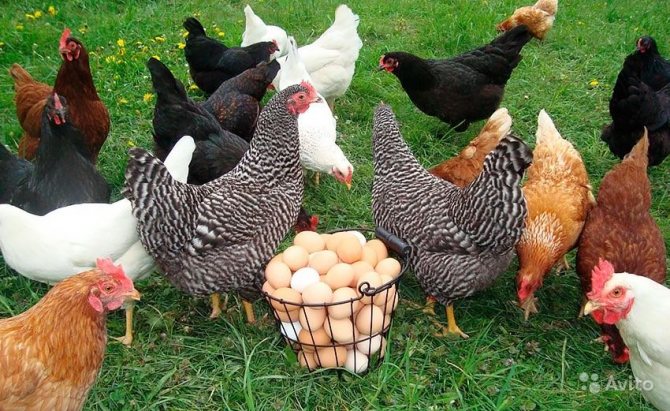

Dominant hens come in different colors
Dominant hens give up to 320 eggs in the first year. The weight of one egg is up to 70 grams. You can increase the egg production of chickens to the maximum with a balanced diet - it should contain sufficient amounts of protein and calcium.
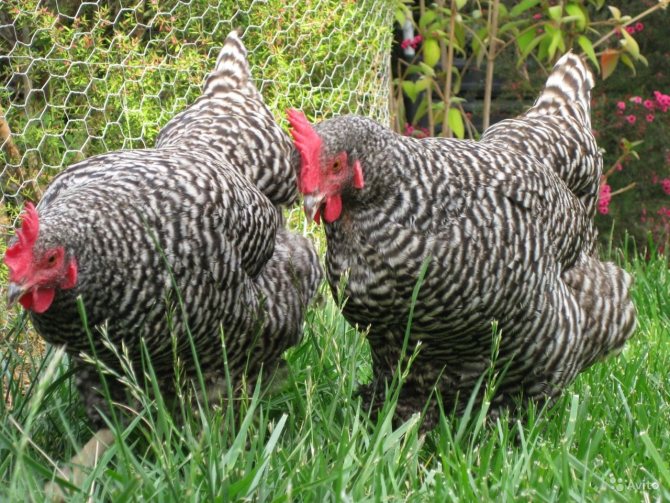

Breed Dominant striped
Kurei Dominant is bred on an industrial scale and in private households.In the second case, closed mini aviaries and open-range areas are suitable for breeding.
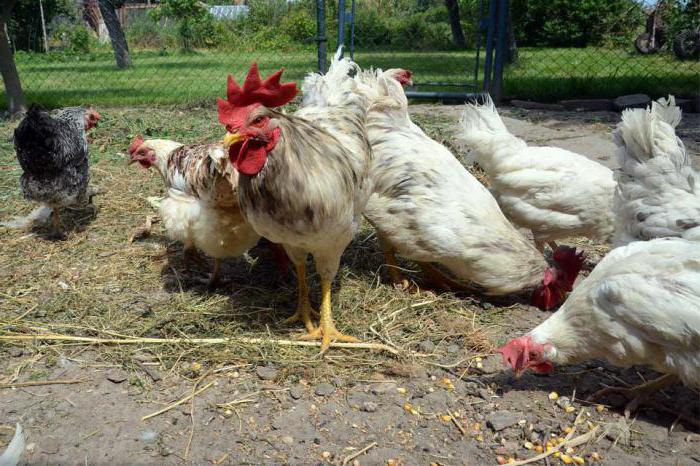

The dominant blue is not only productive, but also a very beautiful species.
The viability of young animals reaches 97 percent. Dominant chickens, immune to colds, easily tolerate high humidity and temperature extremes.
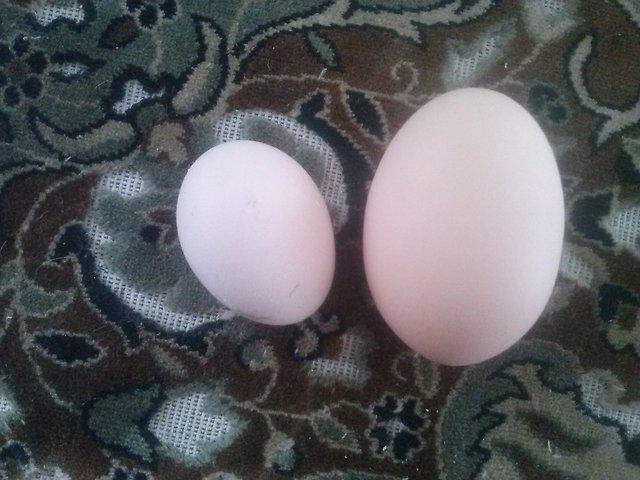

The size of the eggs of the Dominant chickens is impressive
The dominant normally eats various feeds, but the productivity of layers depends on the type of feed.
Breeds of meat and egg chickens
Meat and egg breeds of chickens have good egg production and high body weight.
Rhode Island
Ranks first among the breeds of this type. Has a strong physique. Feathers of red and brown shades. The weight is 3-3.5 kg. Egg production up to 170 eggs per year. The shell color is brown.
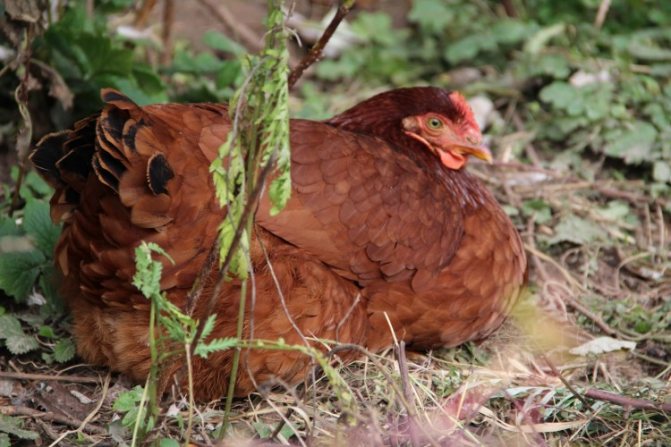

New Hampshire
It takes second place and is divided into two subspecies: broiler and egg chickens.
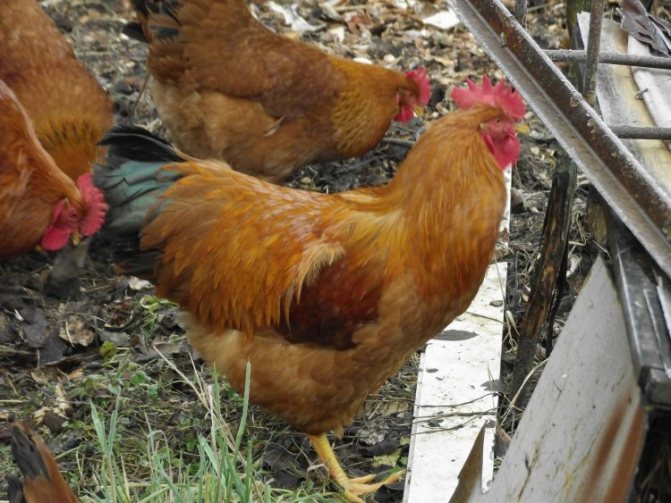

Plymouth Rock
Ranked third in prevalence.
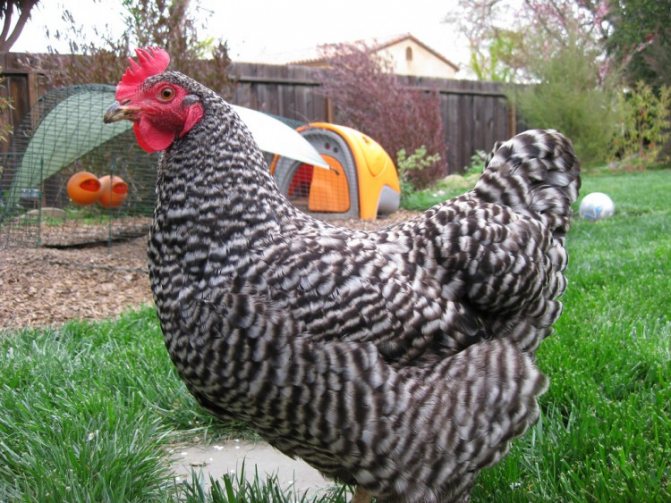

In every region of the country there are the best breeds of chickens, which are bred only there.
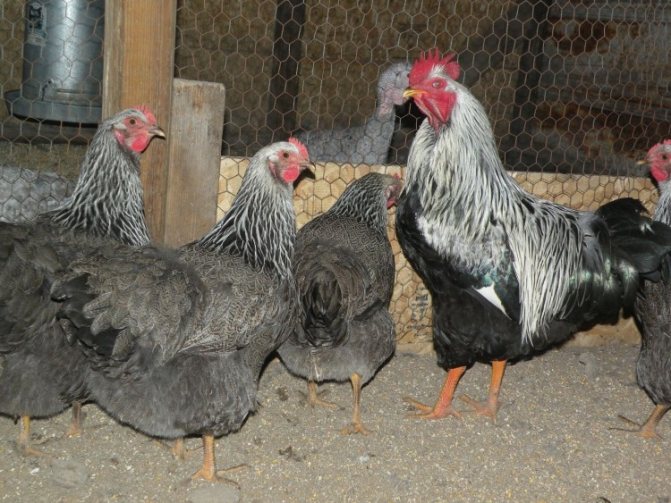

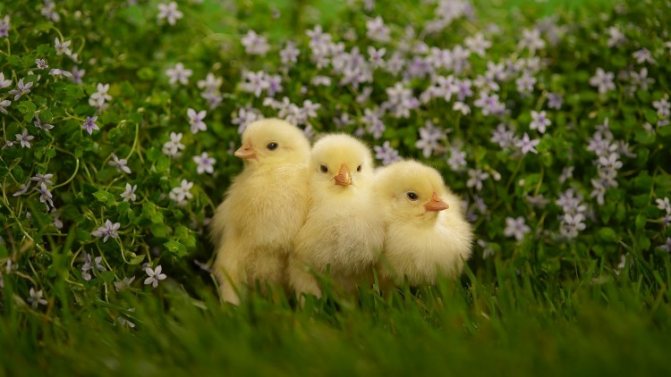

How to feed chickens: diet and types of feed from the first days until adulthood (140 photos)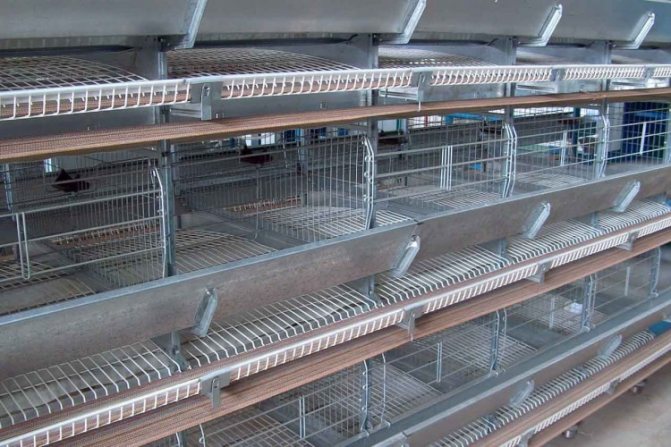

Broiler cages: dimensions, drawings, description of materials and do-it-yourself photos of the building
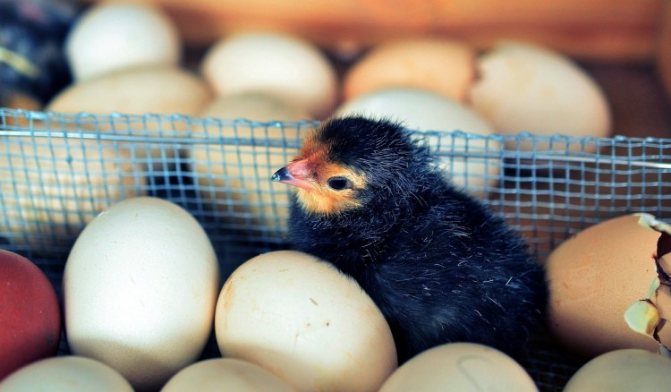

Raising chickens: poultry farming from A to Z. Step-by-step instructions for the care and maintenance of chickens at home (video and 110 photos)
Kuchinskaya jubilee
Large eggs of high quality, good productivity, strong bones, resistance to degeneration and the desire of each hen to become a hen are not all the advantages of the Kuchinskaya Jubilee species. The name Kuchinskaya breed received, because it was bred at the plant of the same name, and the jubilee one, because it was bred for its 25th anniversary. Domestic breeding birds have practically no drawbacks. Kuchinskaya Jubilee gives large eggs 11 months a year - it is not laid only during molting. The egg production of the breed is 200 or more pieces per year.
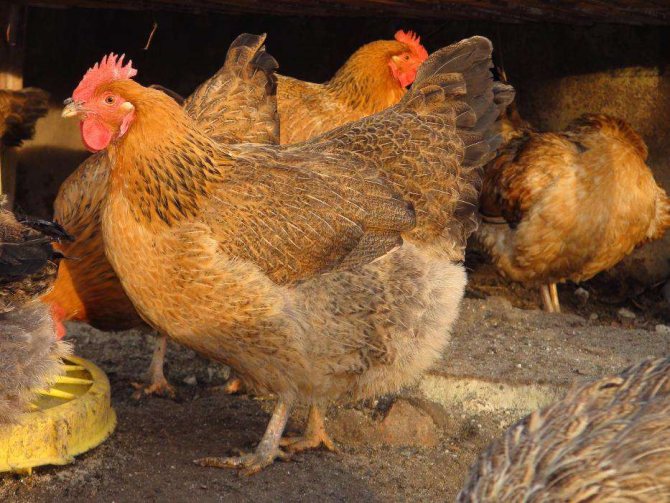

Kuchinskaya jubilee - the best domestic layers
The hen is able to hatch up to three dozen eggs at the same time, and not once a year, but several.
The Kuchinskaya Yubileynaya variety is sensitive to overfeeding, as soon as this occurs, the number of eggs decreases sharply, the bird becomes susceptible to diseases. When breeding the Kuchinskaya Jubilee breed, farmers need to take care of feed enriched with proteins and minerals, add fresh herbs, vegetables, ground shells and dairy products to it. From the first days of life Kuchinskaya jubilee in fermented milk products and chopped vegetables. Bran can be added to the chicken diet.
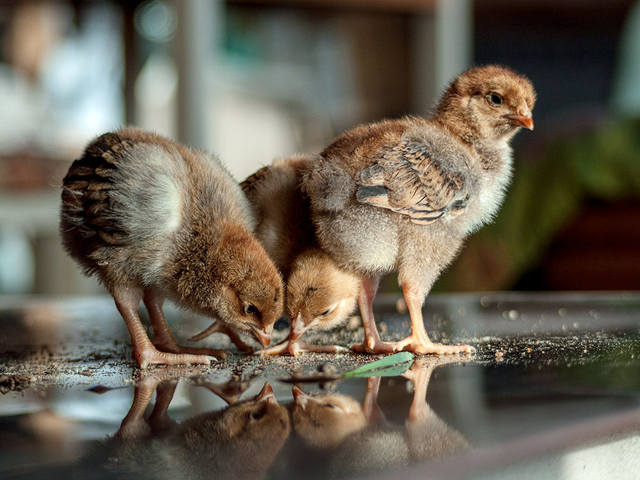

Chickens of the Kuchinskaya Jubilee breed are as beautiful as adult chickens
Meat breeds of chickens
These breeds are distinguished by the largest size and lower egg production:
Cornish
The body weight of this breed reaches 5 kg. It has a white color and a brown shell.
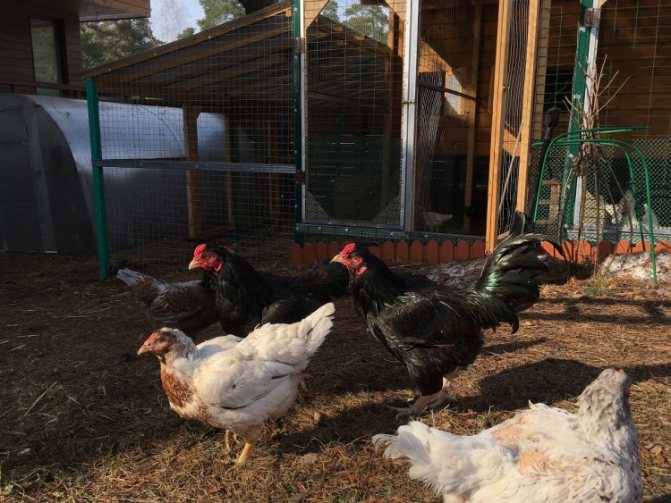

Brama
Chickens of the Brahma breed have significant external differences from other breeds. There is almost no ridge, the legs are covered with down. Weight varies up to 4.5 kg.
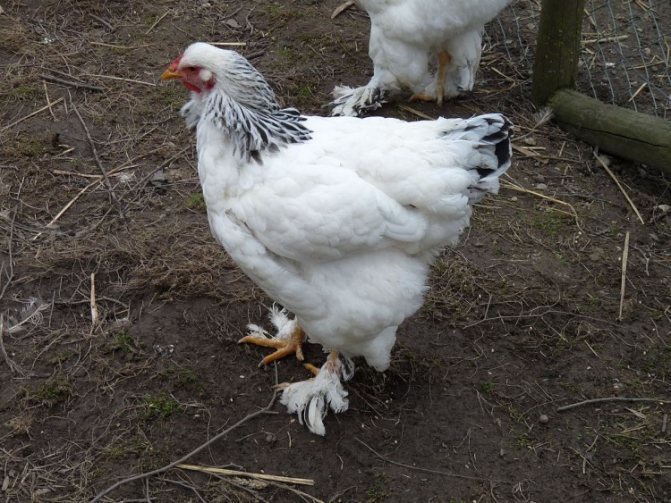

Cochinchins
The weight of chickens of this breed is more than 5 kg. The plumage is black, white, brown. The shell color is brown.
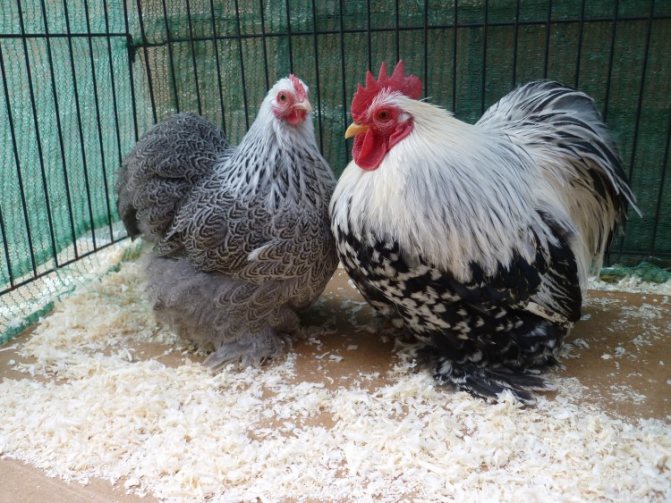

Faverol
In one year, the weight can be up to 4 kg. Egg production is average, up to 160 eggs per year.
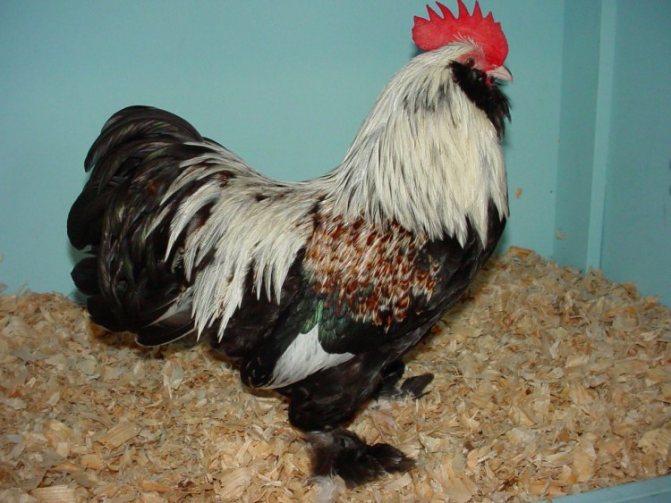

Brief classification
Today, the catalog of domestic chicken breeds is incredibly rich. There are crested, and forelock, and small, and large individuals, etc. But if we start from the direction of chickens, then we can offer their clear classification. So, all birds can be divided into the following areas:
- meat;
- egg;
- meat and egg;
- decorative breeds of chickens;
- fighting;
- vociferous (began to allocate only recently).
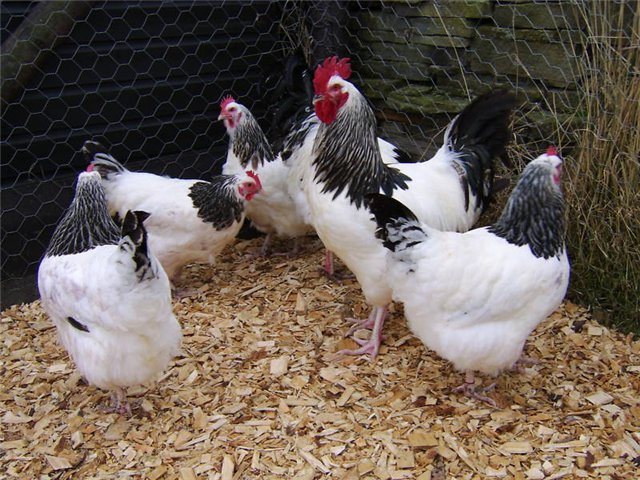

The first direction includes the following breeds of chickens: Orpington, Cochinhin, Brama, Plymouthrock, Broilers, etc.The second direction in the chicken catalog is represented by: Leghorn, Hamburg, Loman Brown, Hisex, etc. The meat and egg focus is no less diverse, which is represented by: Russian White, Pushkinskaya, Legbar, etc. Fighting birds are not very popular with us, but still some breeders prefer them. These include: American Fighting, Azil, Indian Fighting, etc.
Also, mini-breeds of chickens or decorative ones are equally popular. Their catalog is very diverse, and when you see at least one such chicken, you immediately want to get a couple. Often, mini-breeds of chickens are no worse than ordinary ones in terms of productivity. These include: Sibright, Shabo, dwarf Cochinhin and others. Also in the breeder's catalog today, a special place is allocated to vociferous birds. It is not their productivity that is appreciated, but the crowing of a rooster. At the moment, only one species is included here - Yurlovskaya Golosistaya.
Now we will describe a little each direction and, in brief, its most prominent representatives. Information about everyone else can be found in other articles in the catalog of our site. Also, a more detailed description, photos and thematic videos of all kinds will be presented here.
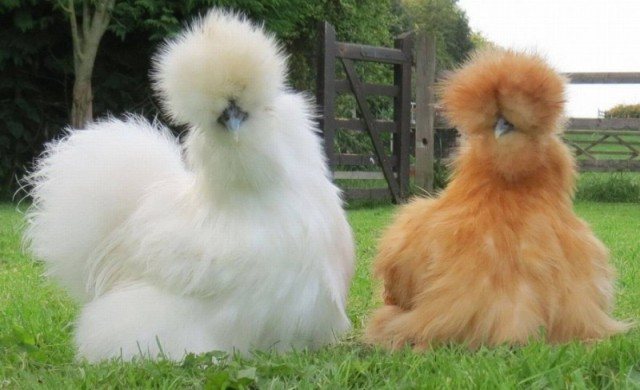

Rare chicken breeds
Despite the fact that there are a huge number of chicken breeds for various purposes, there are breeds that are very rare. The rarity of such chickens is associated with low productivity or difficulties in keeping.
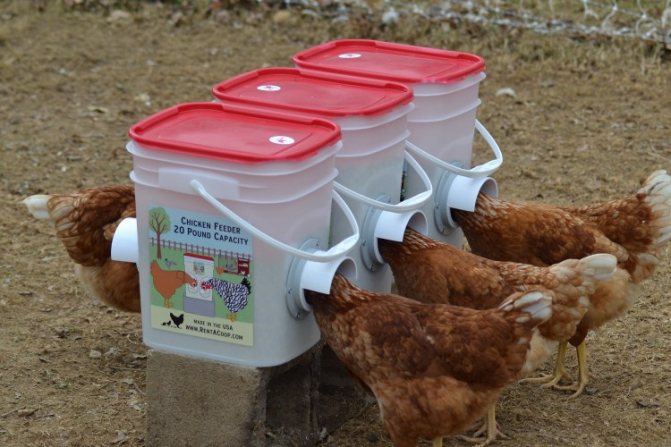

Feeders for chickens - how to make a simple and automatic feeder with your own hands (120 photos + video)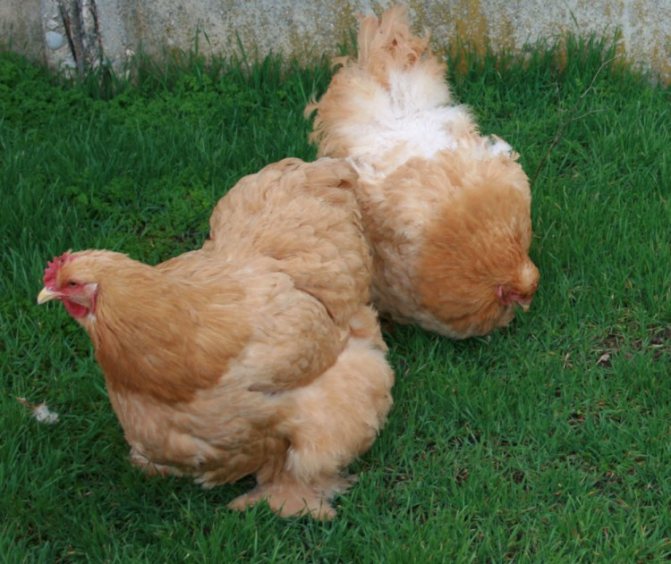

Chickens at Home - Breeding Tips for Beginners. 85 photos and videos of examples of organizing chicken farms
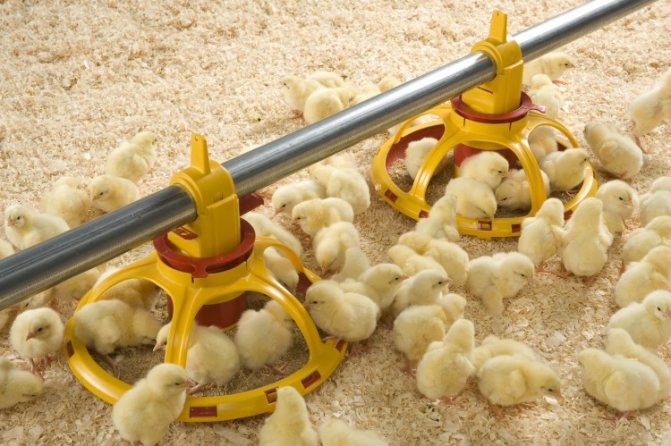

Broiler chickens: features, perspectives and tips for choosing a modern growing method (105 photos)
Aracuana. They have good egg production. Refers to a decorative type. The global problem of these chickens is that they do not hatch their offspring.
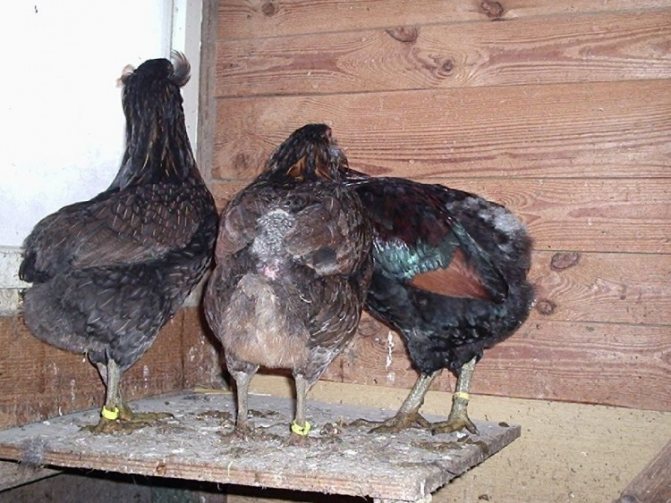

Chickens Breda. The peculiarity of this breed is in their color, it can be silver or blue.
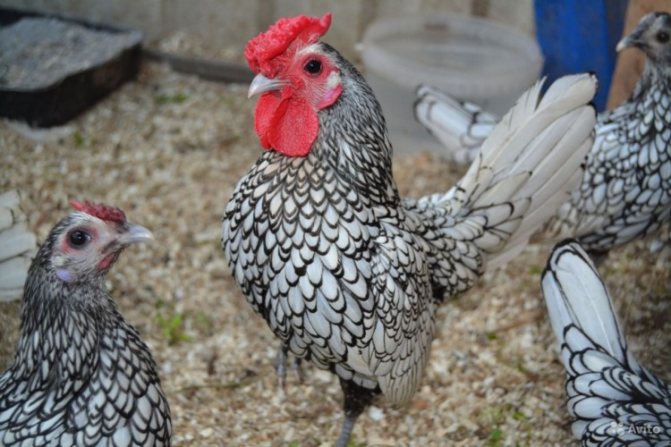

Chickens of Yokohama. Very demanding and challenging.
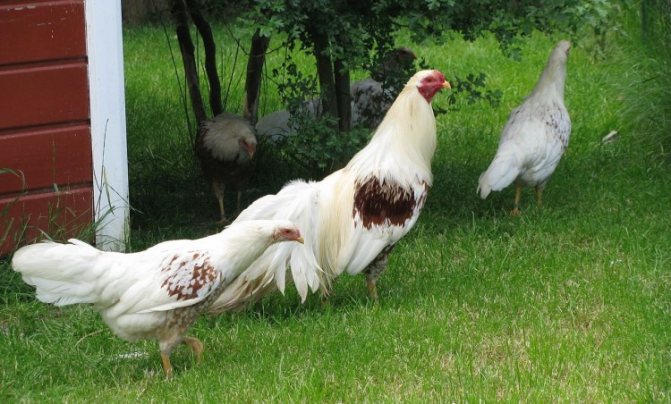

Chickens Fayumi. They can only live in hot and dry climates.
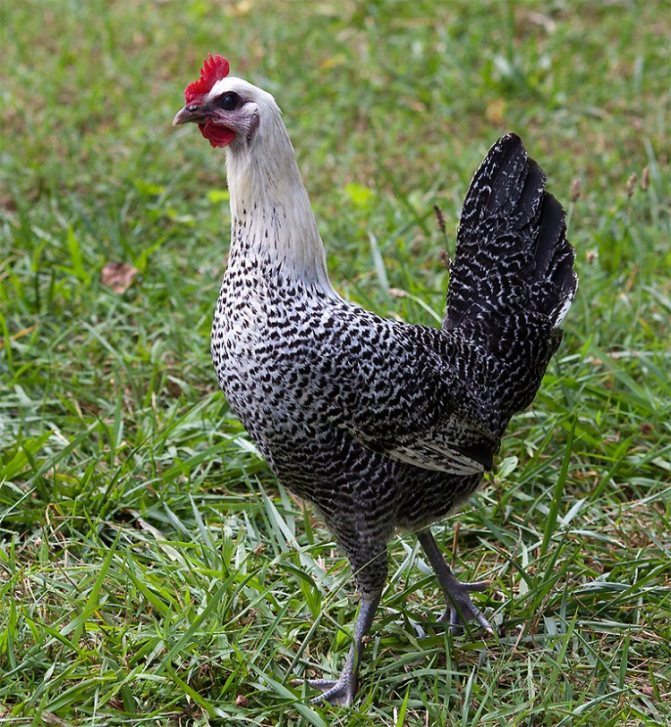

For clarity, you can see all the breeds of chickens presented above in the photographs.
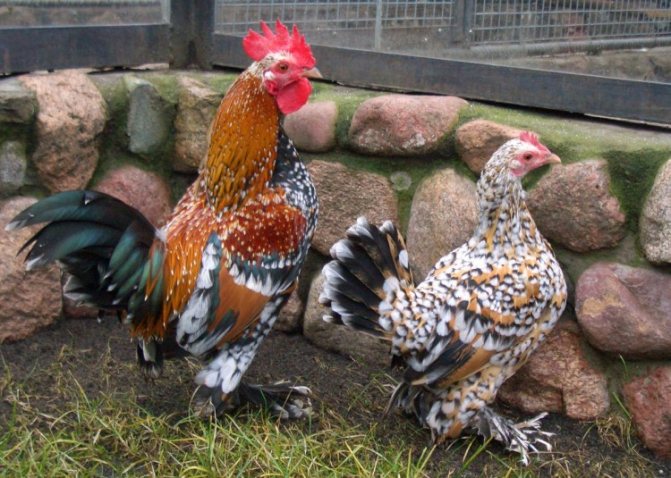

Features of the content
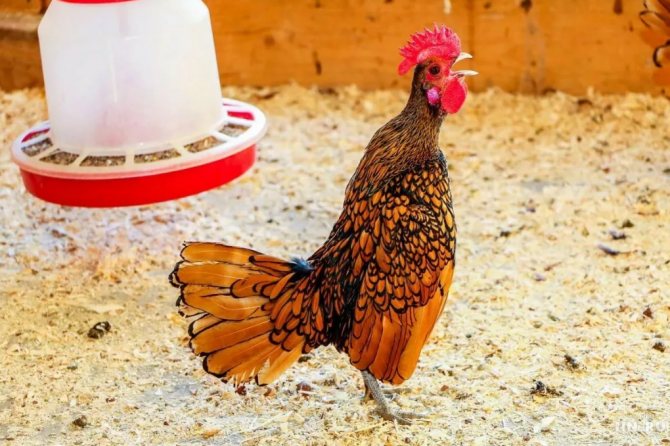

All decorative breeds are extremely whimsical and require special conditions of keeping.
Therefore, the maintenance of beautiful chickens will cause a lot of difficulties for a person who has no experience.
Food
In order for decorative chickens not only to please with their impeccable appearance, but also to be able to give healthy, viable offspring, increased attention should be paid to their diet.
The daily menu of birds should have a sufficient amount of B vitamins and easily digestible protein. Yeast is an excellent source of these nutrients.
To introduce them into the diet of farmers, yeast is used - adding yeast to ordinary chicken feed, prepared in a special way: sponge, unpaired and sourdough.
It is important to remember that ordinary food is not enough for a good nutrition of ornamental birds.
It is necessary to take care of their appearance, as a result of which the diet is supplemented with special vitamins.
When drawing up a menu for chickens, adhere to the following recommendations:
- Every day, to one degree or another, birds need to be provided with juicy feed: cabbage, carrots, beets.
- For better egg production, vitamin E should be included in the diet, which is found in sufficient quantities in sprouted oats and barley grains.
- For a natural intake of proteins, you can include herbal flour in the diet. Prepared nettle and young grass flour works best.
- Don't forget about mineral supplements. Shells, chalk, gravel and eggshells can be added to the menu to provide the birds with minerals.
Care
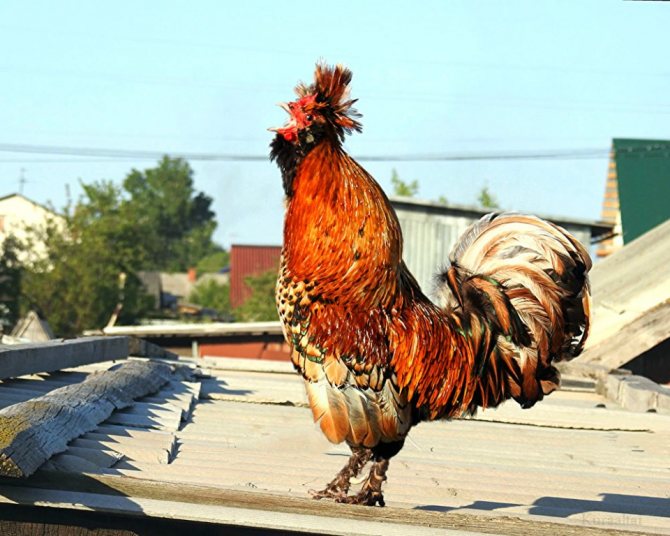

Decorative chickens are more demanding than others in terms of keeping conditions, which can vary from breed to breed.
However, in general, caring for them means:
Temperature regime
Heat-loving breeds require favorable conditions during the cold season. In addition, it is necessary to ensure that there are no drafts in the hen house, it is dry, and that ventilation is also equipped.
Floor
In winter, lay out a thicker bedding layer.
Chickens with feathered feet need a regularly updated bedding, which should be loosened as often as possible so that the beautiful plumage on their legs does not fray and do not get dirty.
It is recommended to cover the floor with a mixture of bitumen and crushed stone to remove moisture, and on top to make a litter of dry foliage and peat.
Shine
Lack of lighting in the autumn and winter seasons can significantly aggravate egg production. In this regard, it is necessary to install the backlight in such a way that the daylight hours lasts at least 14 hours.
Purity
Decorative chicken breeds are in dire need of cleanliness.
Beautiful long tails, mustaches, tufts, feathered legs and other features for which chickens are so valued will quickly lose their appearance if basic hygiene is not observed in the hen house and cleaning is not carried out.
Perches
The structures are erected individually, depending on the needs of each specific breed: dwarf chickens and birds with poorly developed wings need low perches, large breeds with long tails or lush plumage need high perches.
Freedom and leisure
Most of the breeds not only have an outstanding appearance, but also character. Many decorative chickens are extremely temperamental and need free range.
In addition, some birds are not indifferent to personal hygiene, and they need places for "bathing" - basins or pits with sand, clay or ash.

